Wandr. — Explore. More. Together.
App Design
UX/UI CASE STUDYResearching and prototyping a modern road-tripping app.
What we did:
User & Market Research
Design System
User Interface Design
Brand & Visual Identity
Credits:
McLean Donnelly (Mentor)
Chi Quach
Madeline Bay
What we did:
User & Market Research
Design System
User Interface Design
Brand & Visual Identity
Credits:
McLean Donnelly (Mentor)
Chi Quach
Madeline Bay
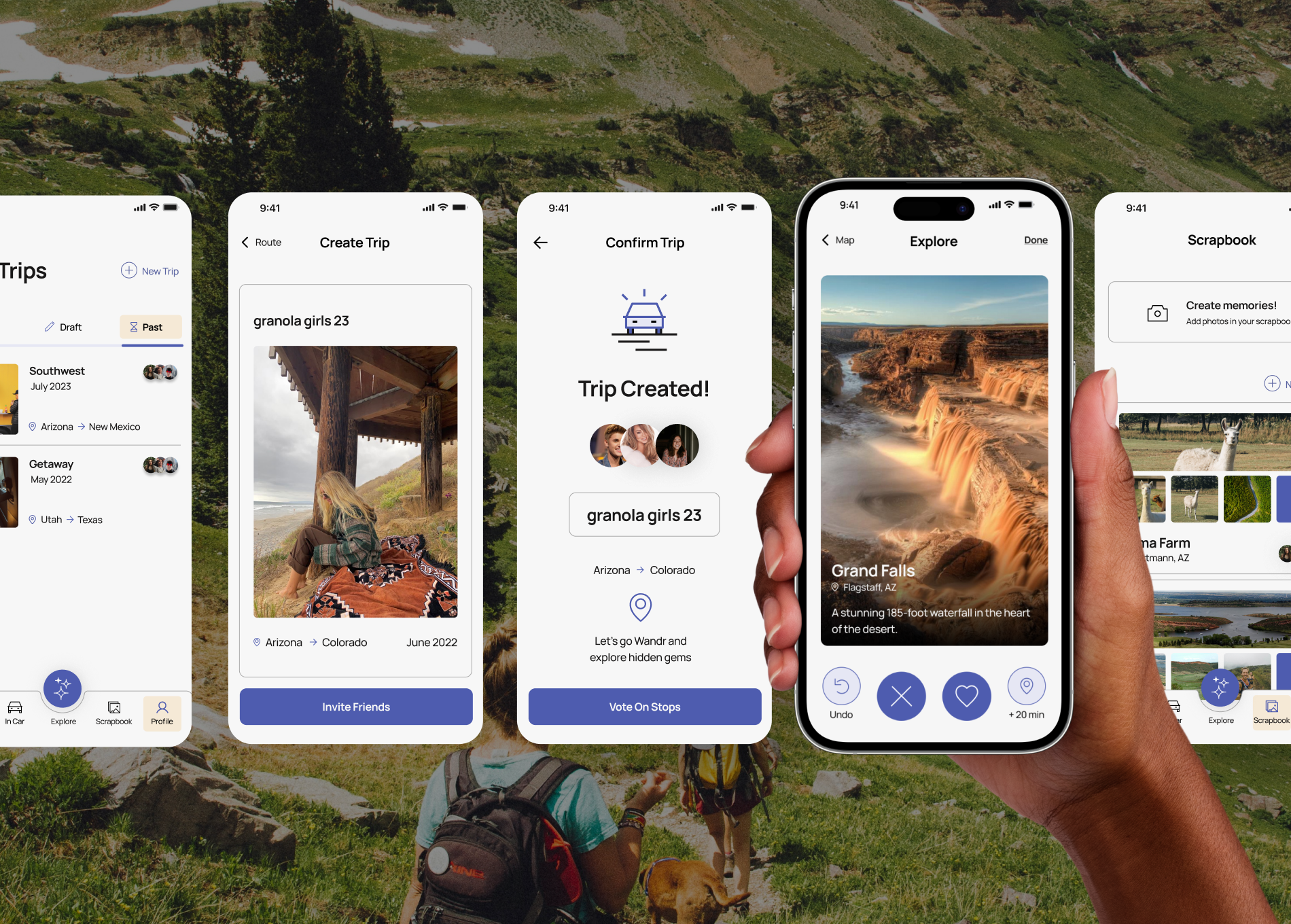
Key screens
Project Overview
As Covid-19 lockdowns lifted, people were eager to hit the road again — but travel looked different. With tighter budgets, a craving for flexibility, and a renewed desire for connection, the classic road trip made a comeback. In fact, nearly 80% of American adults planned a road trip in summer 2023 — that’s over 200 million people (according to The Vacationer).
Yet while millions turned to the open road, the digital tools supporting them hadn’t evolved. Most road trip apps still prioritized efficiency and navigation over the magic that makes these journeys memorable. This project explores how we reimagined a mobile experience that brings back the spontaneity, conversation, and wonder of the road trip.
A roadtrip revival?
As Covid-19 lockdowns lifted, people were eager to hit the road again — but travel looked different. With tighter budgets, a craving for flexibility, and a renewed desire for connection, the classic road trip made a comeback. In fact, nearly 80% of American adults planned a road trip in summer 2023 — that’s over 200 million people (according to The Vacationer).
Yet while millions turned to the open road, the digital tools supporting them hadn’t evolved. Most road trip apps still prioritized efficiency and navigation over the magic that makes these journeys memorable. This project explores how we reimagined a mobile experience that brings back the spontaneity, conversation, and wonder of the road trip.
Custom designed icon suite
Problem Discovery & Framing
We conducted user interviews to understand people’s motivations for taking road trips, their favorite moments, and the challenges they faced along the way. We learned that travelers valued the emotional richness of the journey — especially the spontaneous, quirky discoveries along the road. One participant shared, “On my road trip, there was a junkyard right next to the highway where a guy collected junk and built insane 50-foot sculptures. It was my favorite part of the trip.”
However, many also mentioned a recurring frustration: the long stretches of driving often became dull. As one person put it, there are only so many songs and podcasts you can listen to before the magic fades.
50ft junkyard sculptures
We conducted user interviews to understand people’s motivations for taking road trips, their favorite moments, and the challenges they faced along the way. We learned that travelers valued the emotional richness of the journey — especially the spontaneous, quirky discoveries along the road. One participant shared, “On my road trip, there was a junkyard right next to the highway where a guy collected junk and built insane 50-foot sculptures. It was my favorite part of the trip.”
However, many also mentioned a recurring frustration: the long stretches of driving often became dull. As one person put it, there are only so many songs and podcasts you can listen to before the magic fades.
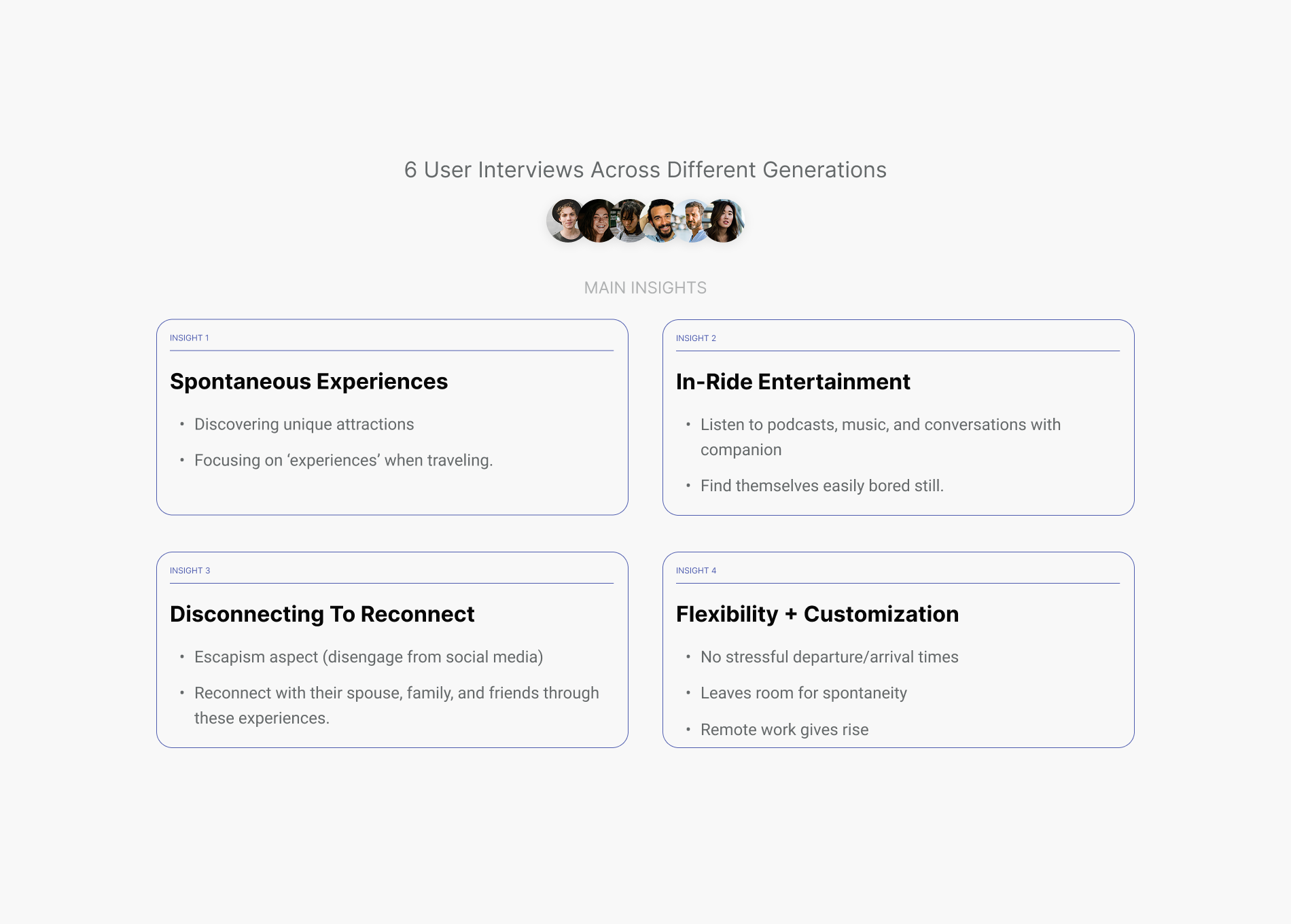
Problem Discovery & Framing
We also conducted desk research to understand the consumer trends and market forces shaping modern travel behavior. Across the board, we found that people were driven by the emotional side of travel — the need for connection, freedom, and meaningful experiences. Gen Z and Millennials were leading the resurgence of road trips, drawn to their low cost, flexibility, and alignment with a better work-life balance.
At the same time, multi-generational travel was on the rise, with Boomers eager to make up for lost time after years of limited travel. Across demographics, travelers increasingly prioritized authentic cultural immersion over traditional comfort (looking at you, Airbnb).
The new rules of the road
We also conducted desk research to understand the consumer trends and market forces shaping modern travel behavior. Across the board, we found that people were driven by the emotional side of travel — the need for connection, freedom, and meaningful experiences. Gen Z and Millennials were leading the resurgence of road trips, drawn to their low cost, flexibility, and alignment with a better work-life balance.
At the same time, multi-generational travel was on the rise, with Boomers eager to make up for lost time after years of limited travel. Across demographics, travelers increasingly prioritized authentic cultural immersion over traditional comfort (looking at you, Airbnb).
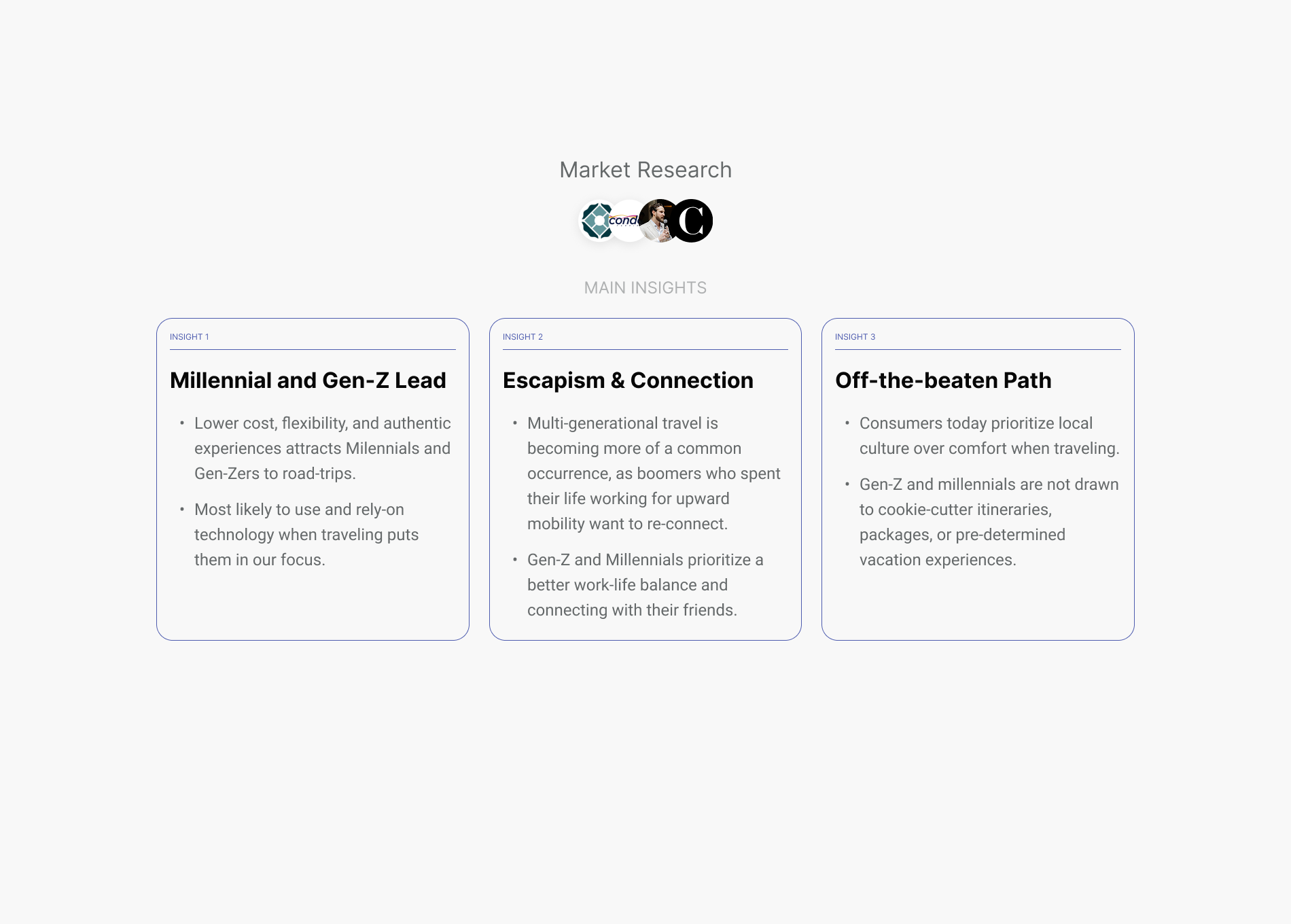
Problem Discovery & Framing
When we analyzed the market through the lens of personalization and emotional experience — contrasting spontaneous versus pragmatic app solutions — a clear gap emerged. Most existing road trip apps focused narrowly on efficiency and navigation, overlooking the deeper emotional forces that make road trips memorable.
This shift in perspective led us to our central design challenge:
How might we reimagine the road trip as a journey of emotional richness, curiosity, and unplanned discovery?
Designing for the magic, not the map
When we analyzed the market through the lens of personalization and emotional experience — contrasting spontaneous versus pragmatic app solutions — a clear gap emerged. Most existing road trip apps focused narrowly on efficiency and navigation, overlooking the deeper emotional forces that make road trips memorable.
This shift in perspective led us to our central design challenge:
How might we reimagine the road trip as a journey of emotional richness, curiosity, and unplanned discovery?
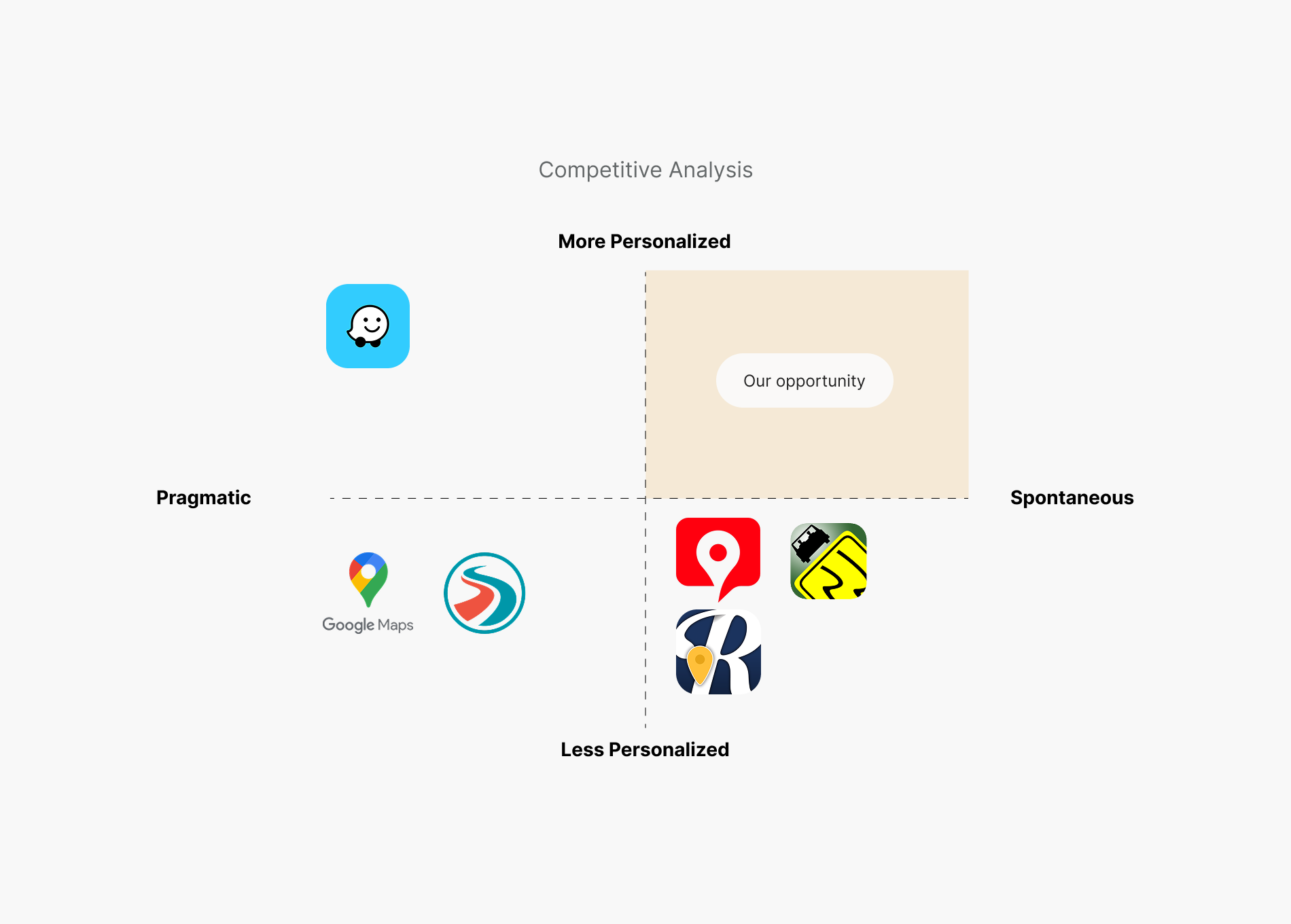
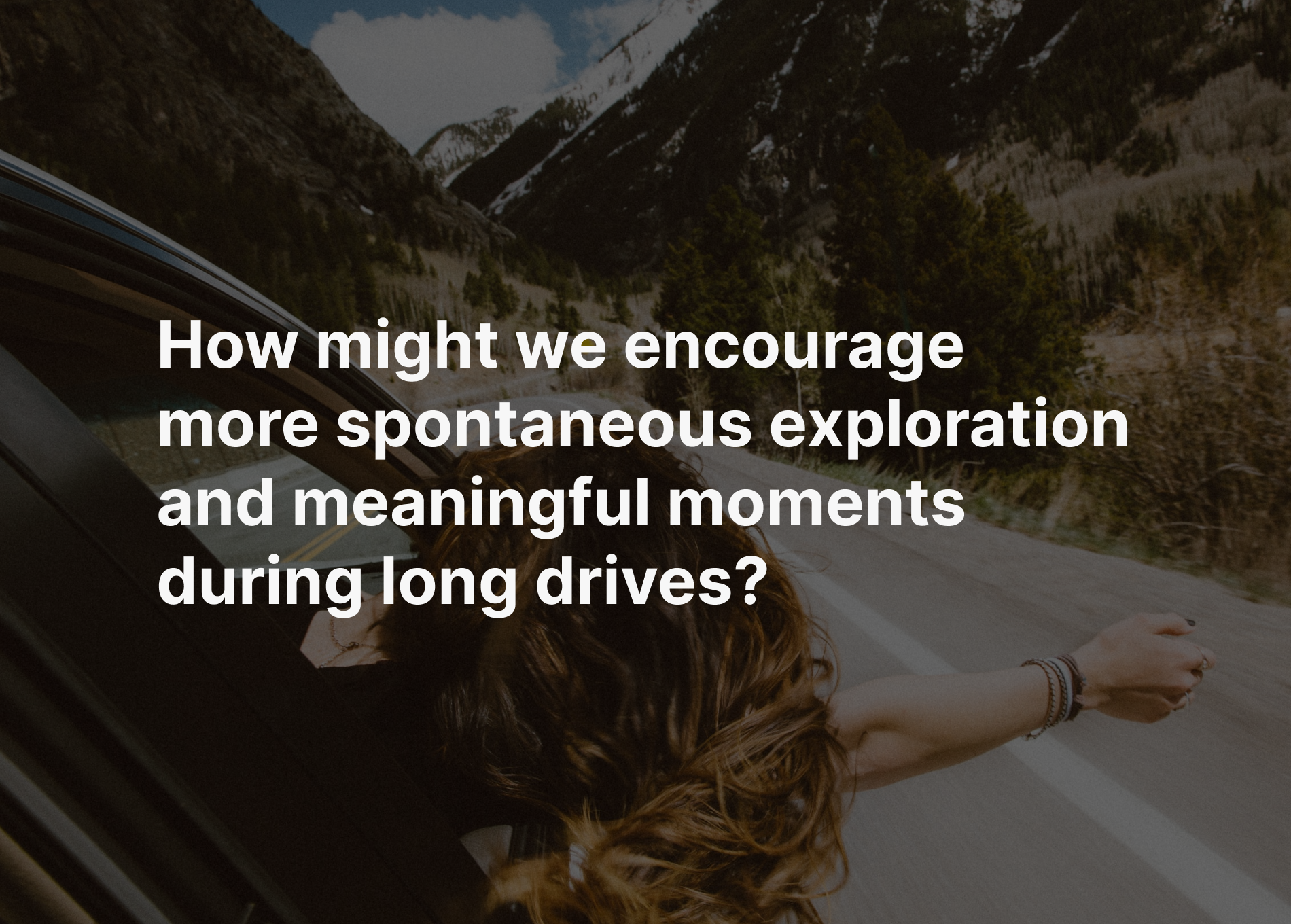
Design Explorations
Using sketching exercises, rapid prototyping, and user flow mapping, our team explored how to address the key user pain points and craft an intuitive journey. We validated ideas through user testing and iterated based on real feedback.
Where ideas hit the road
Using sketching exercises, rapid prototyping, and user flow mapping, our team explored how to address the key user pain points and craft an intuitive journey. We validated ideas through user testing and iterated based on real feedback.
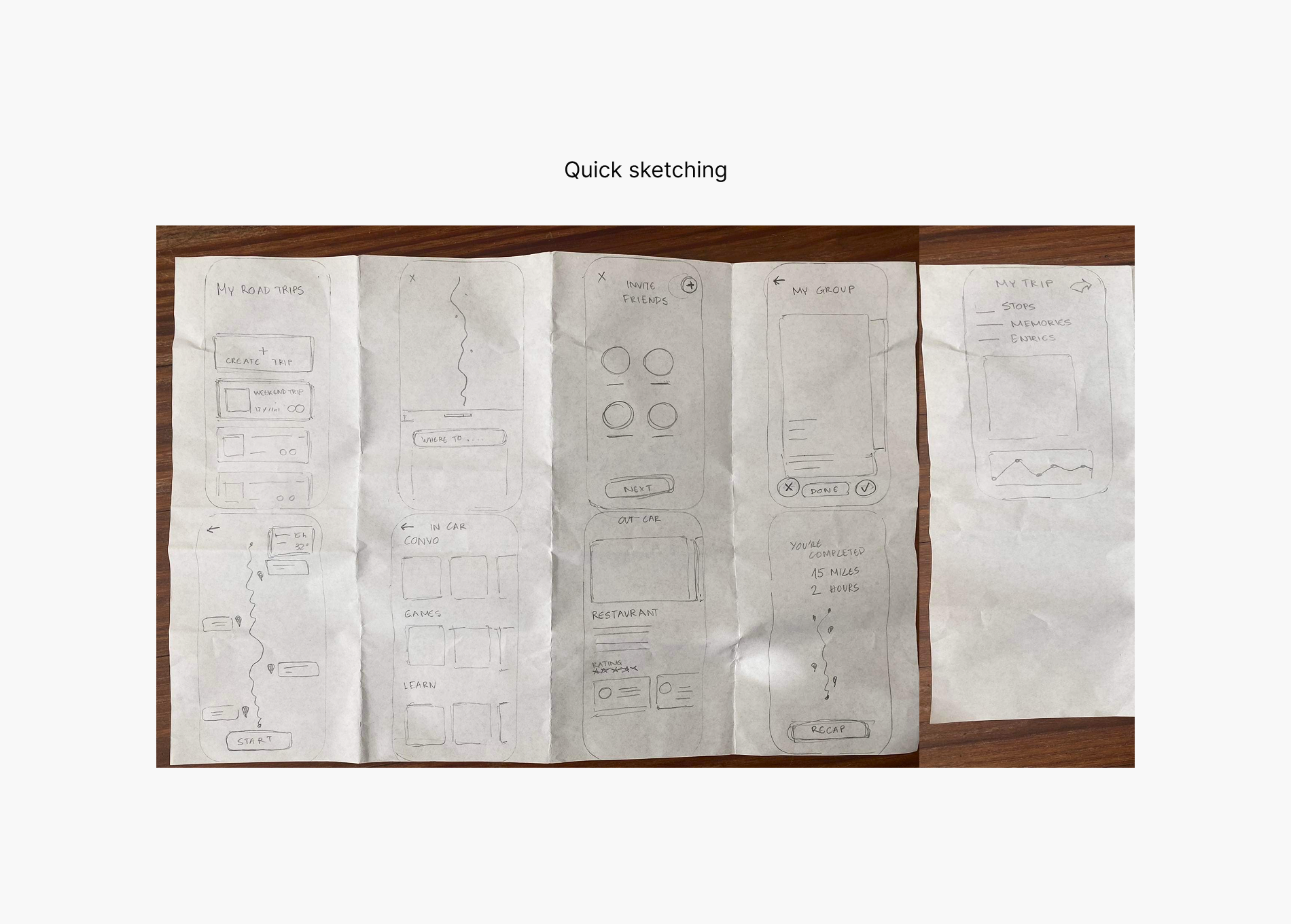
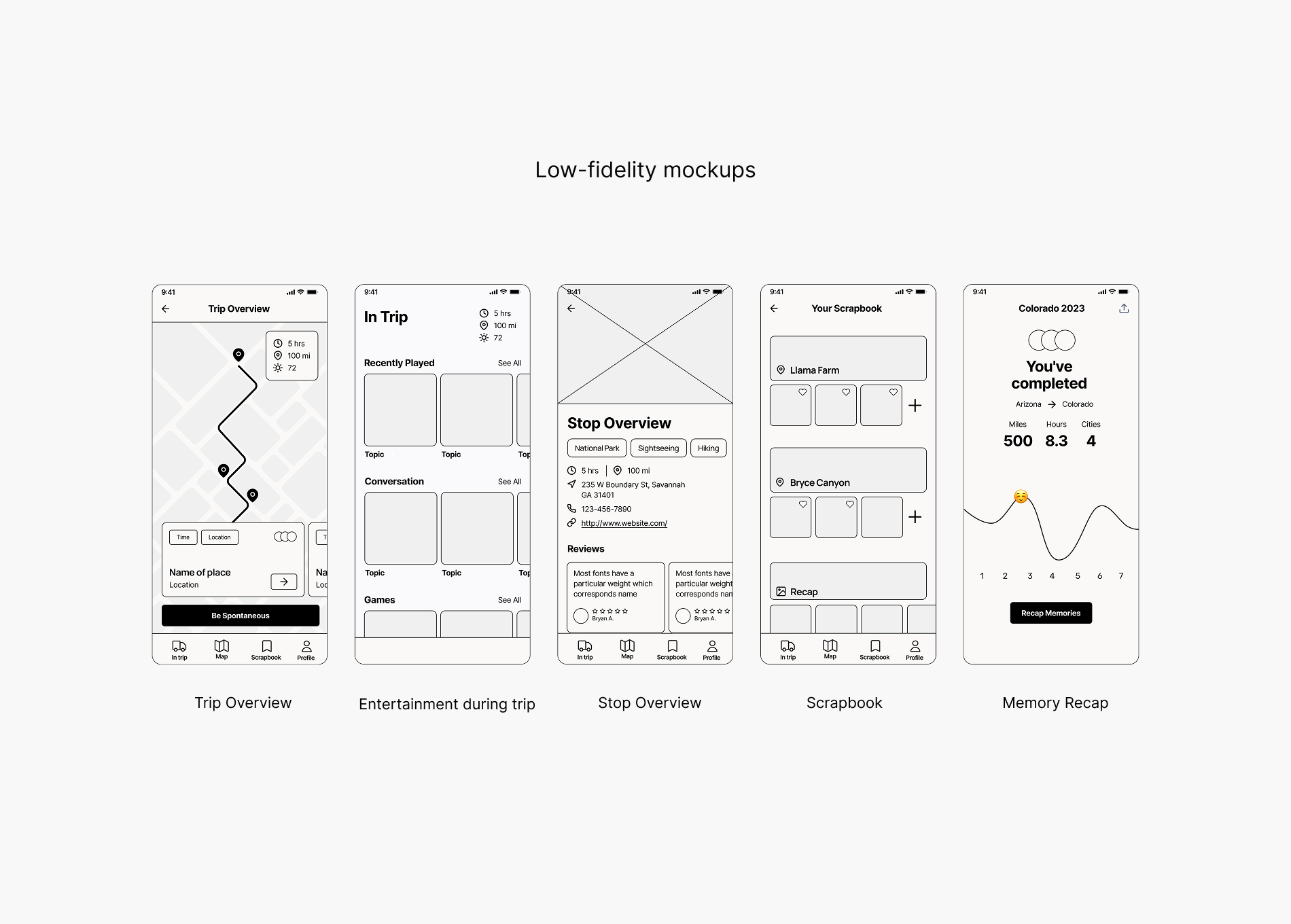
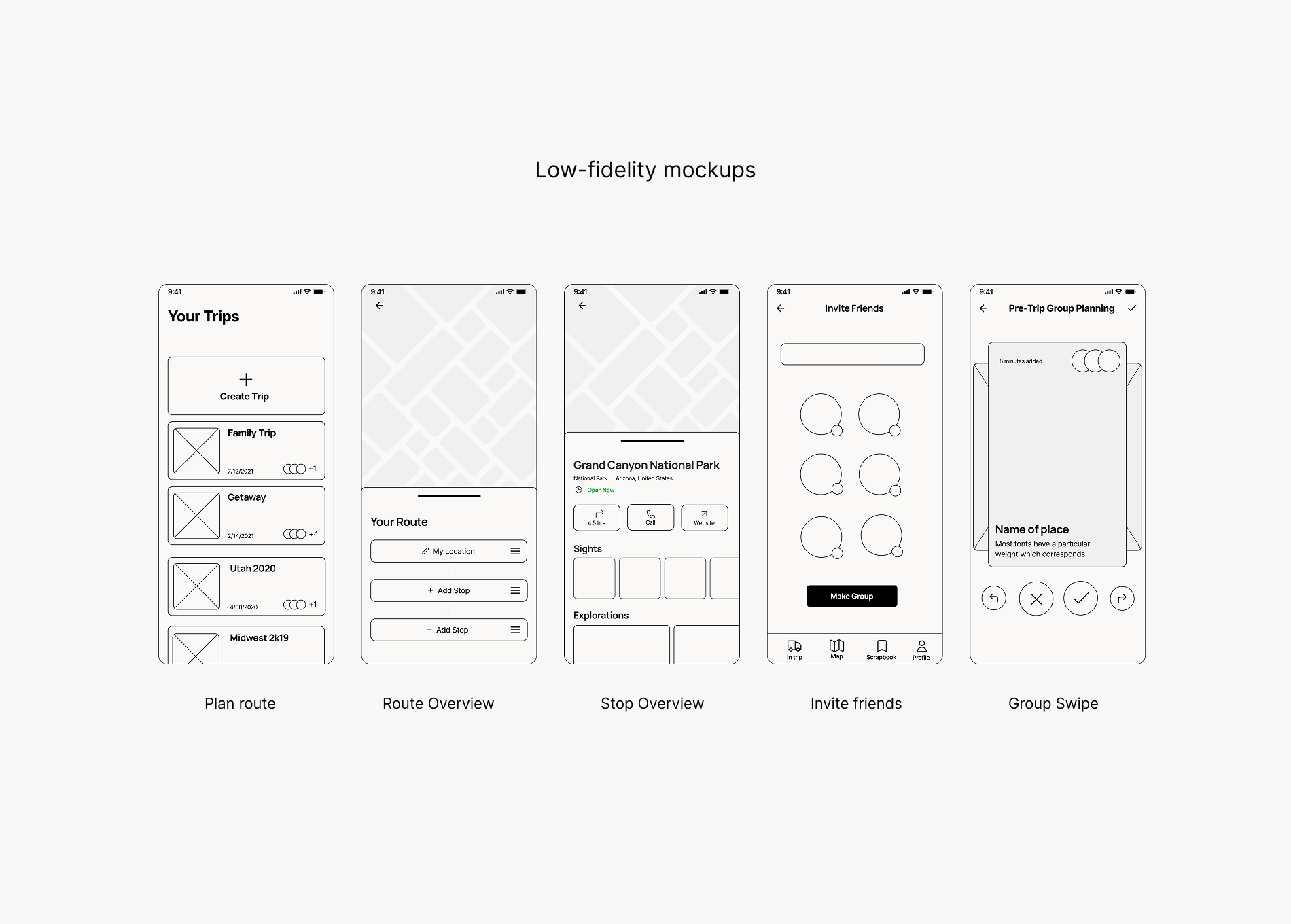
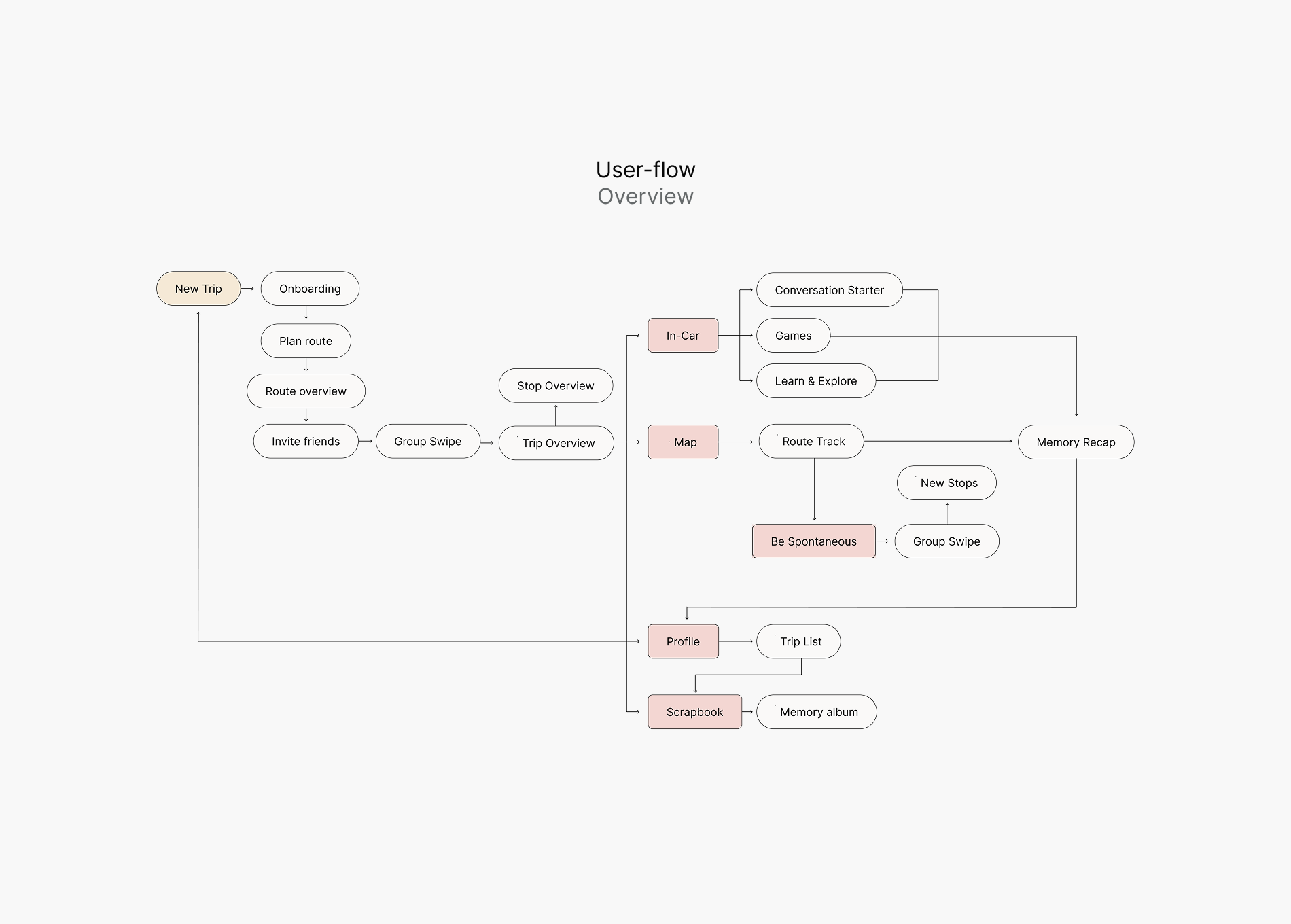
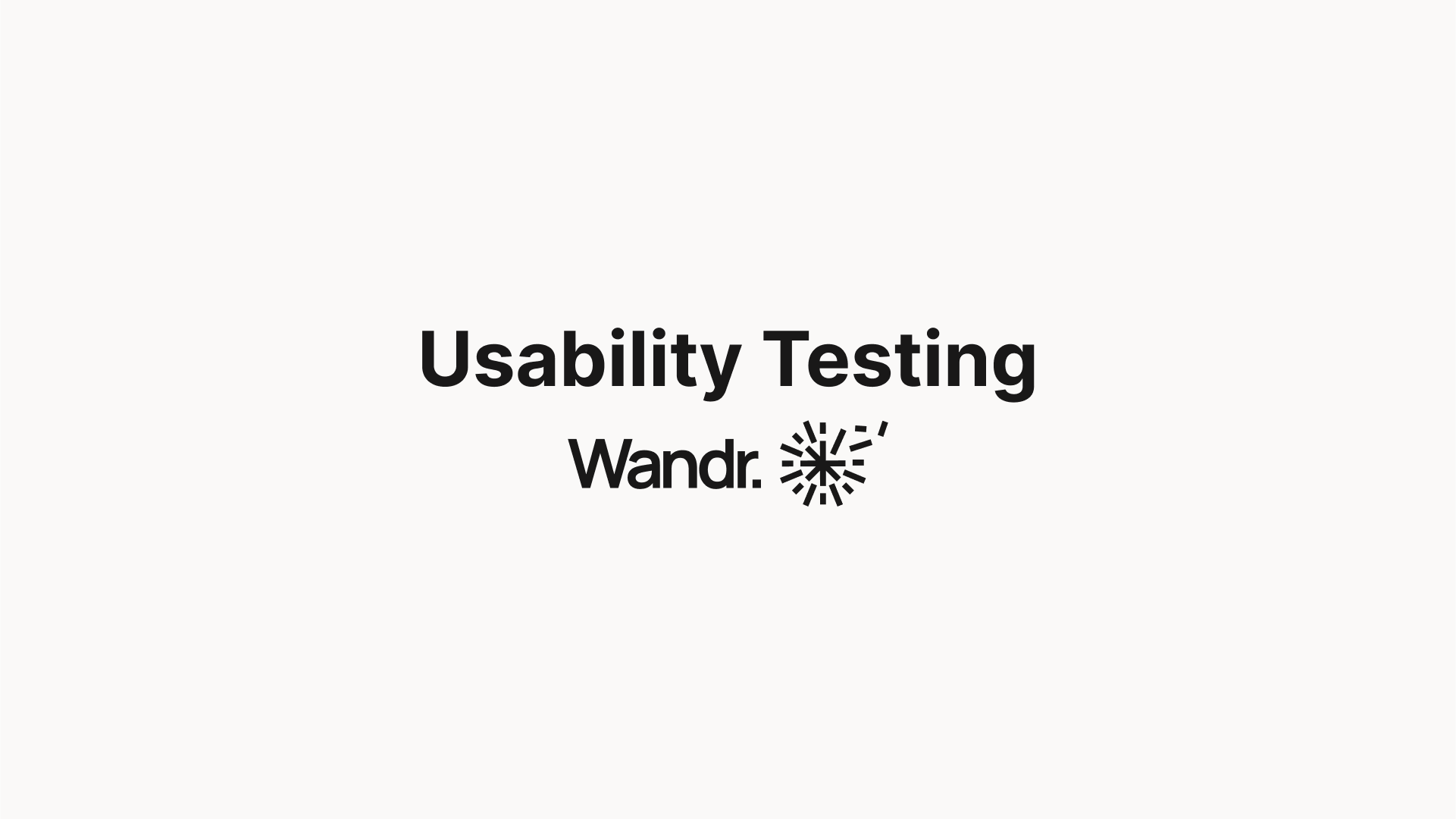
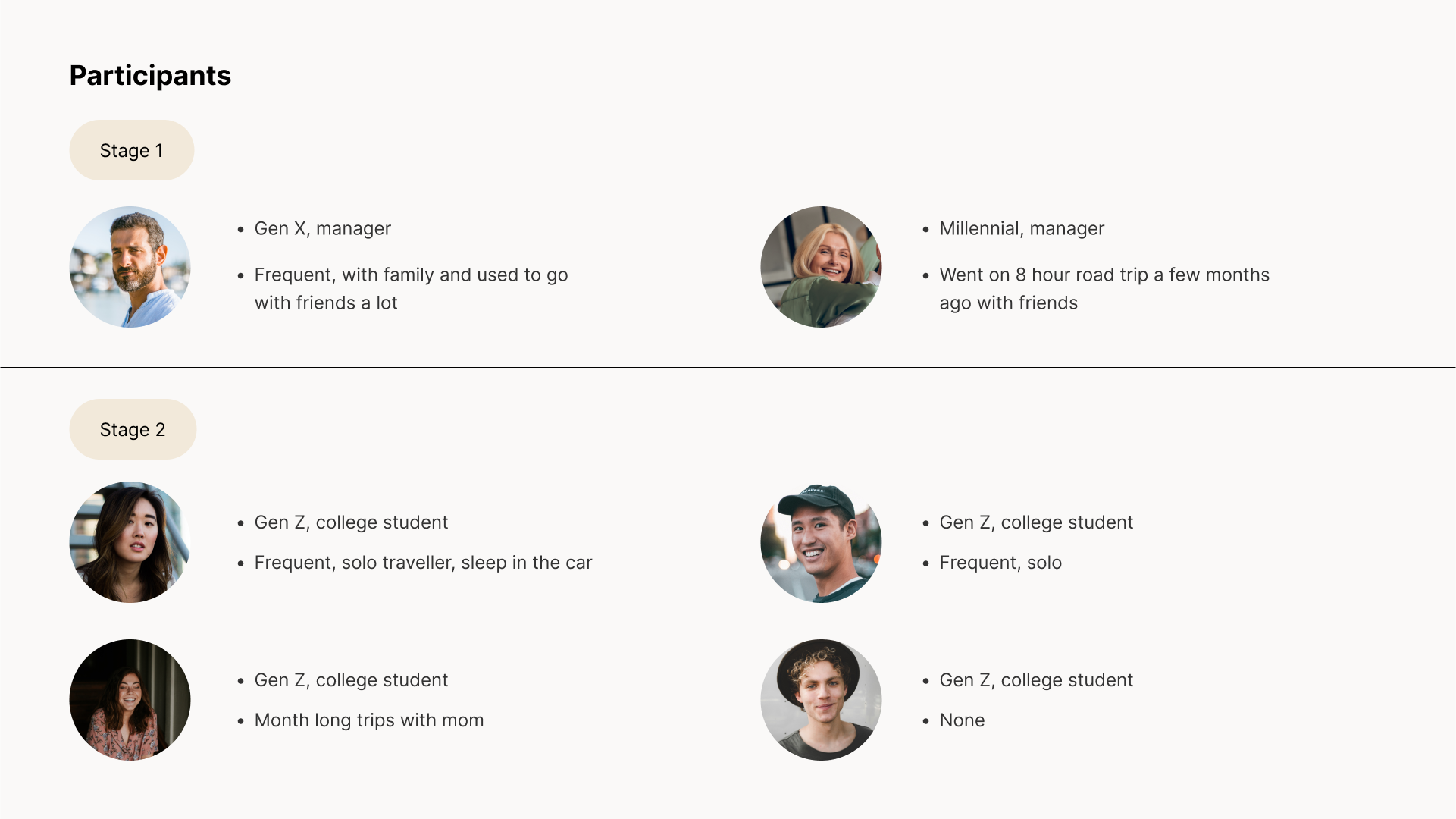
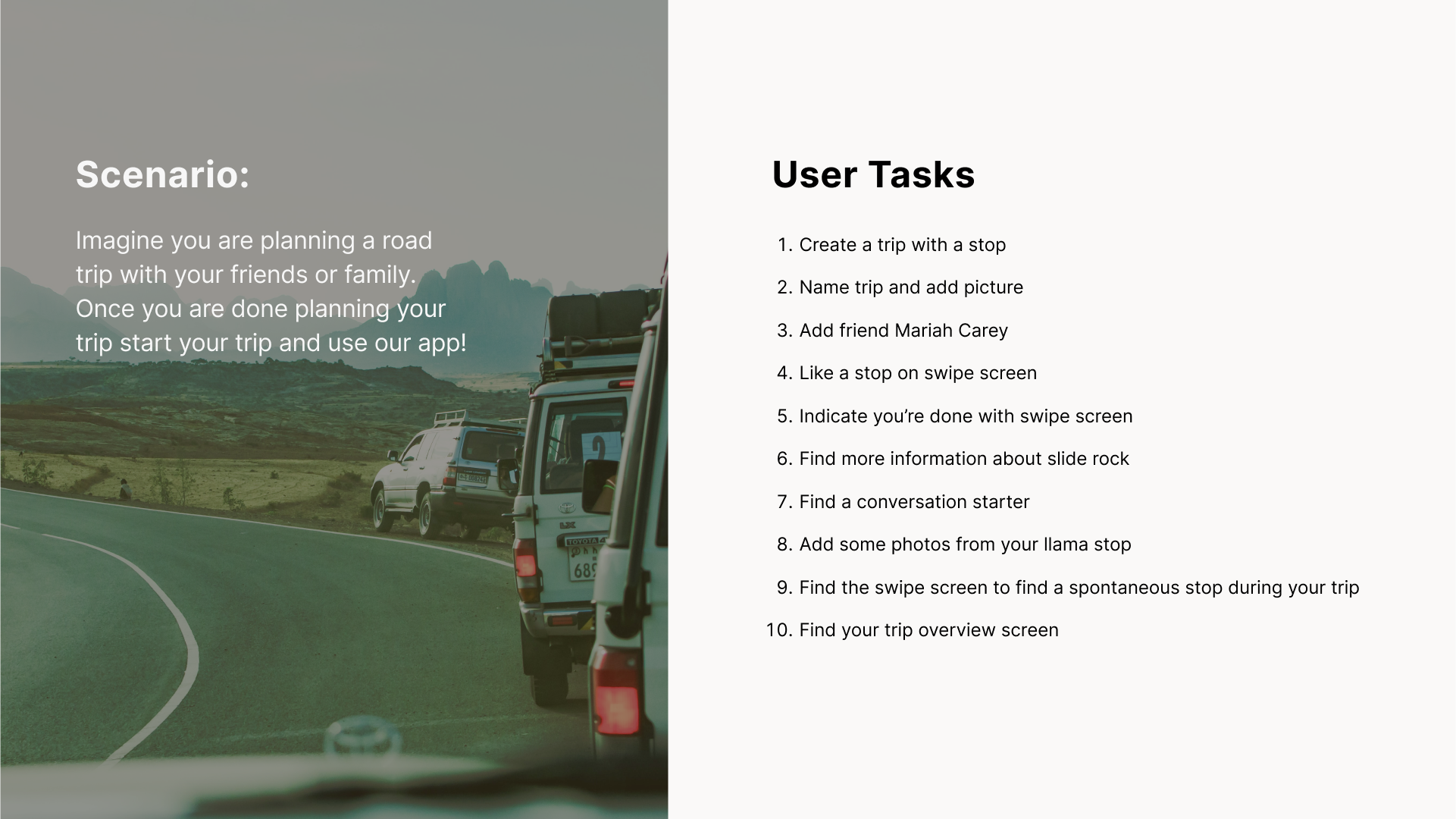
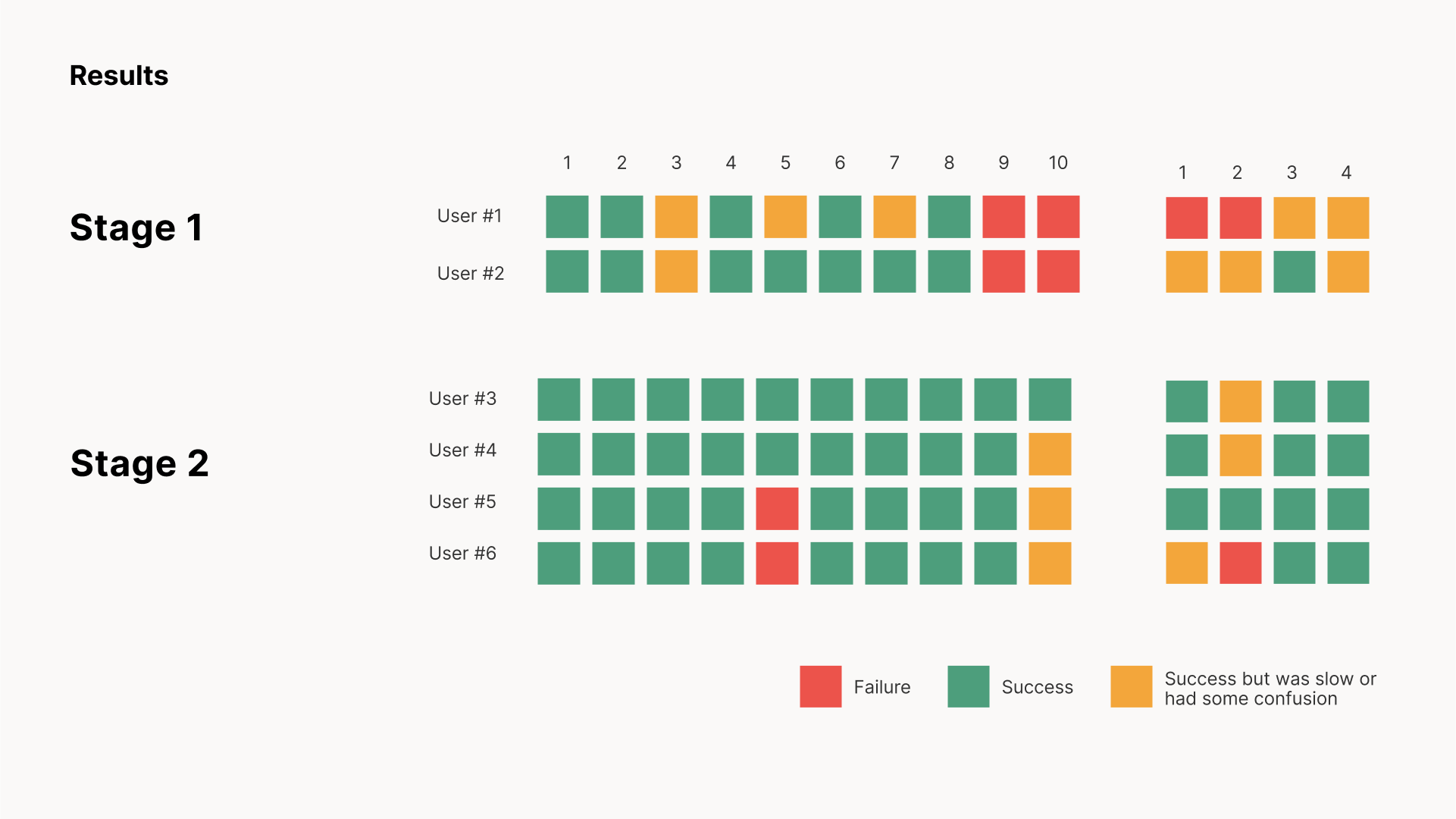
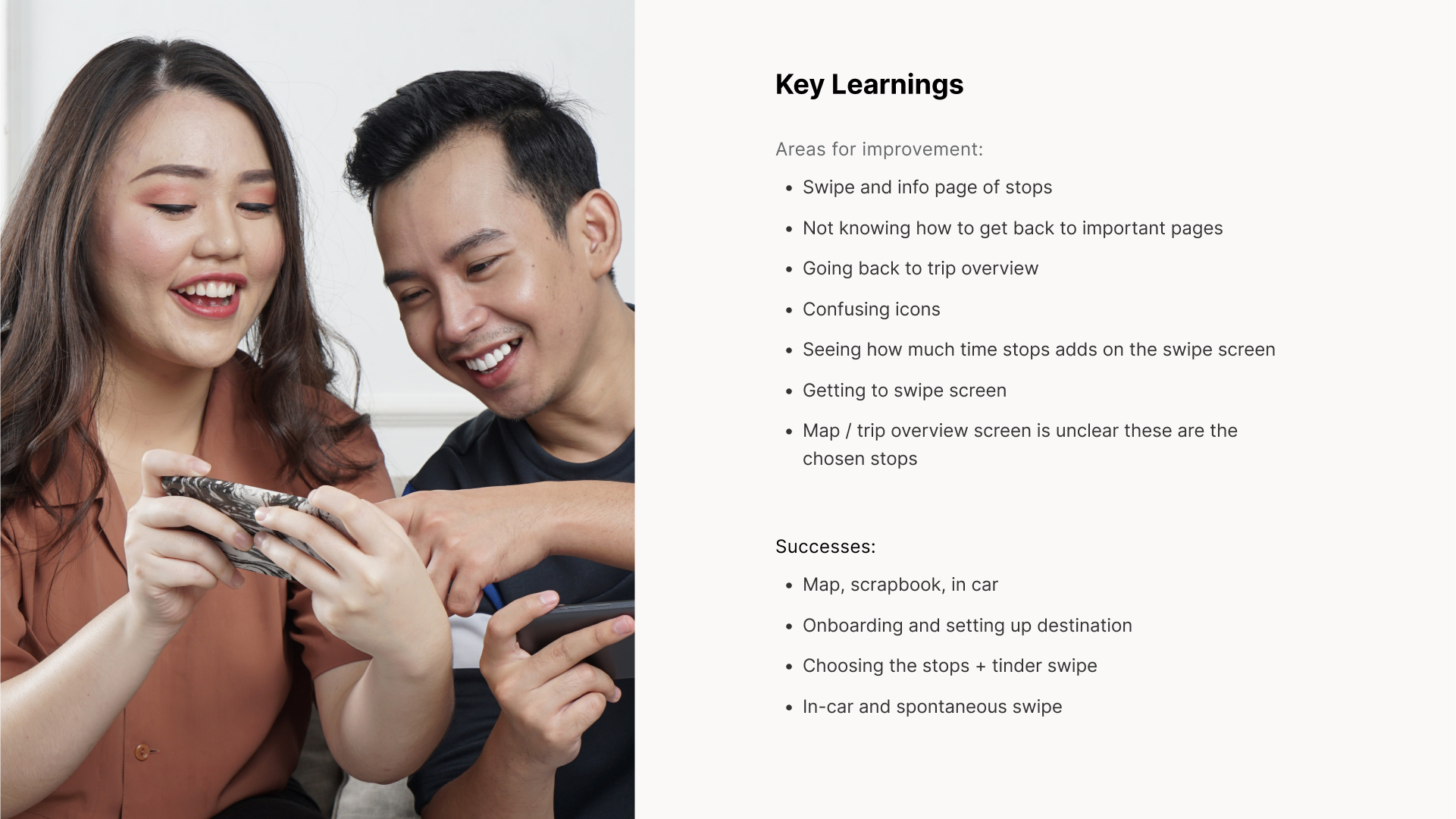
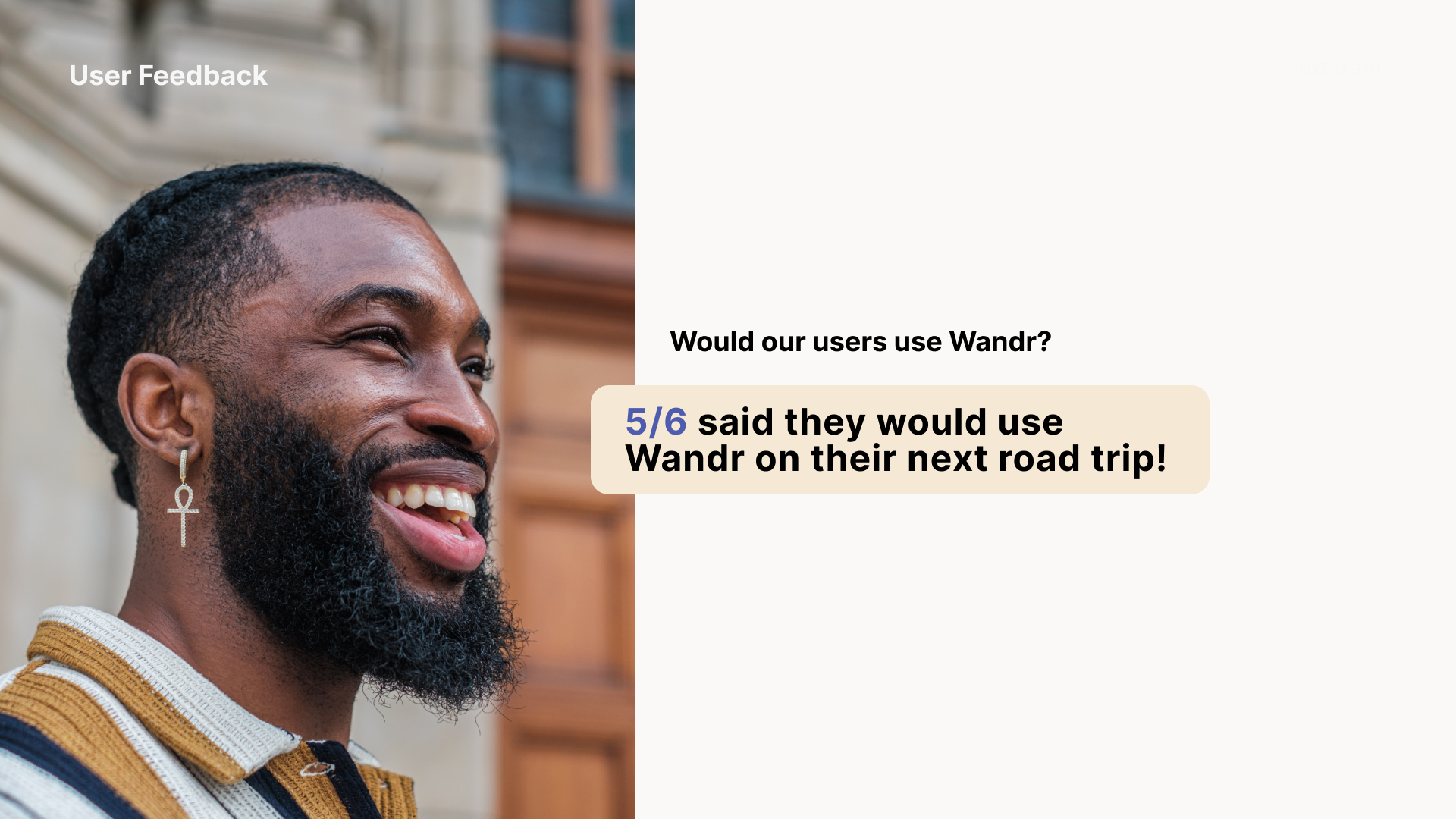
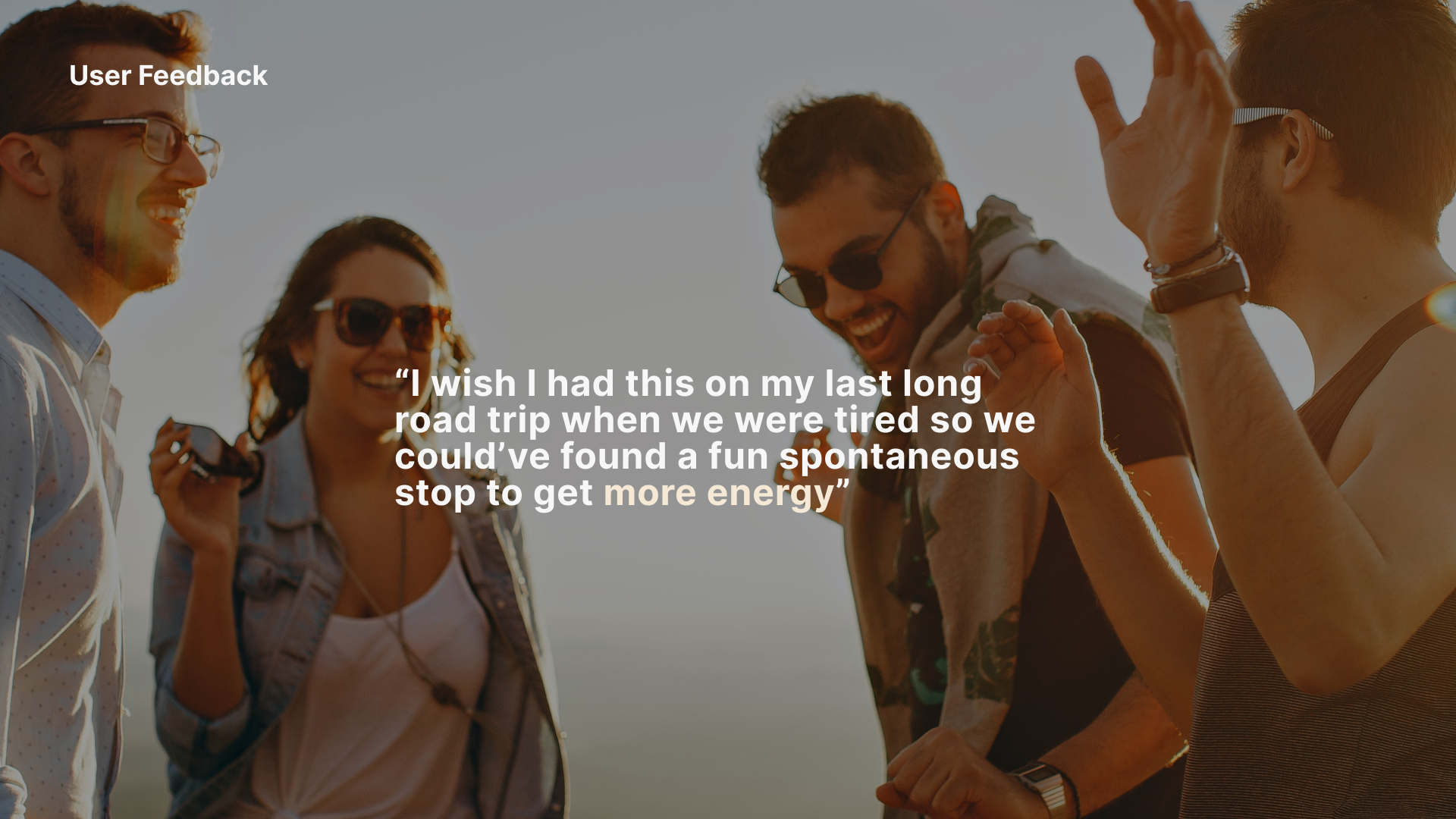
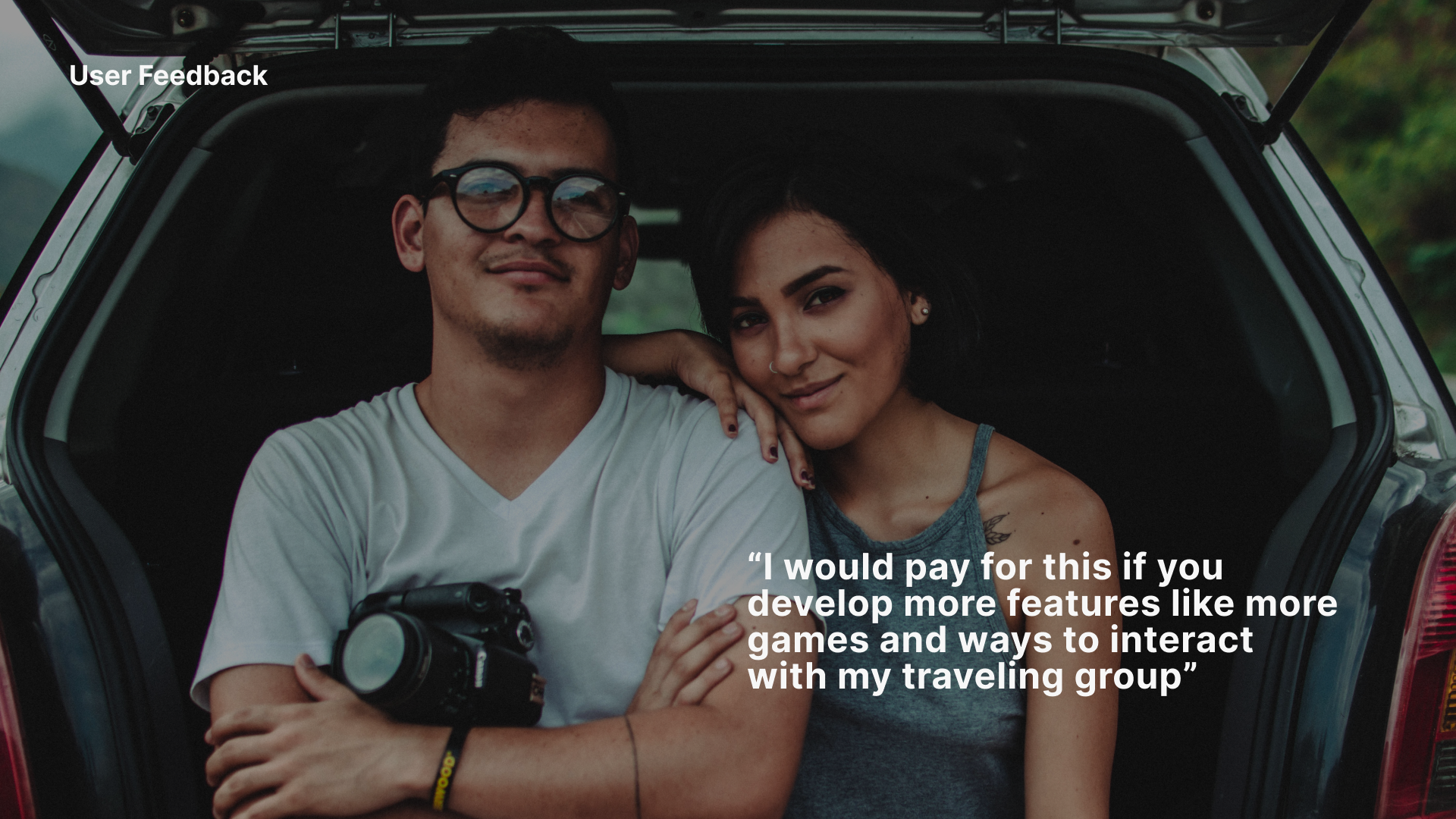
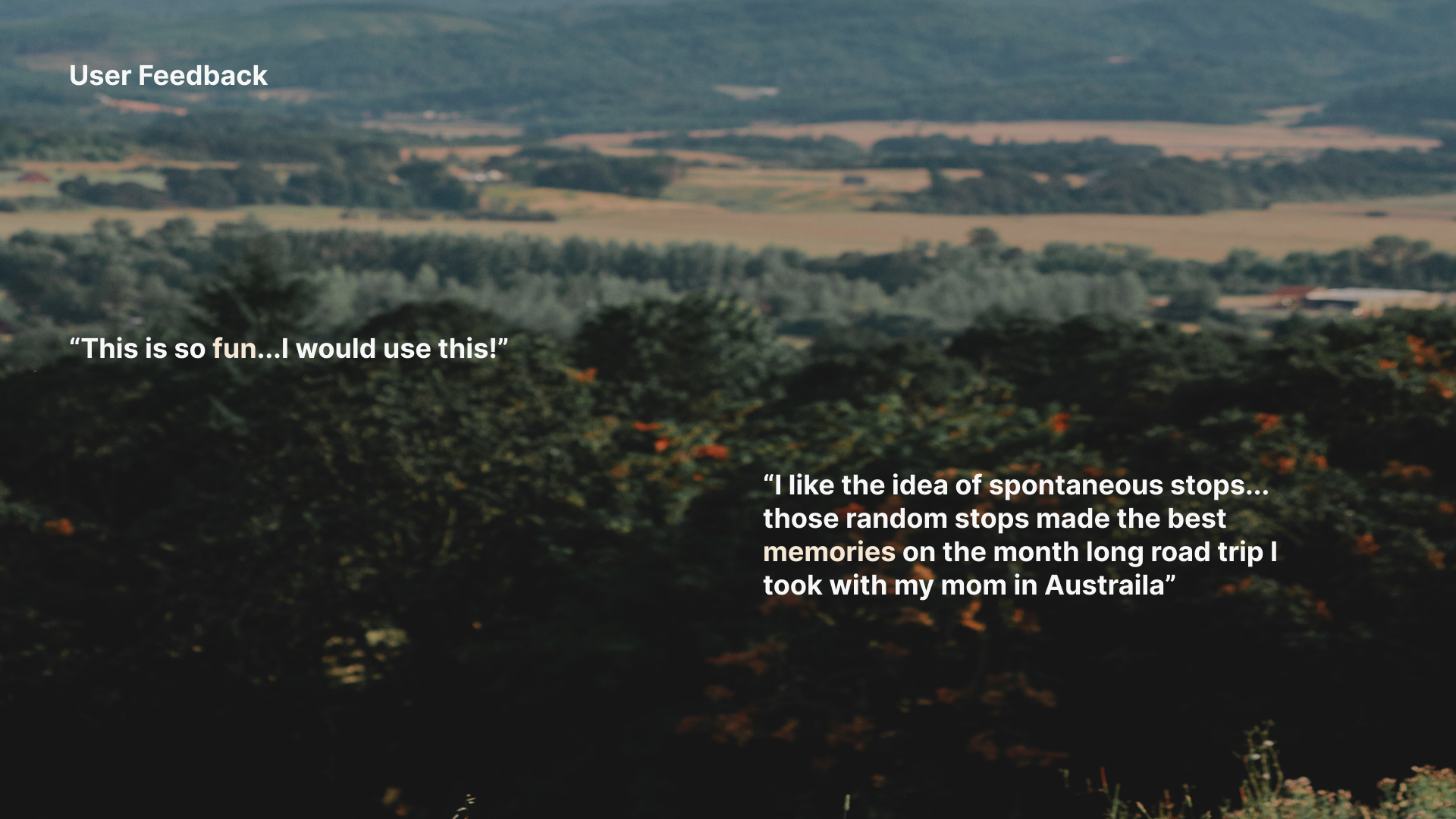
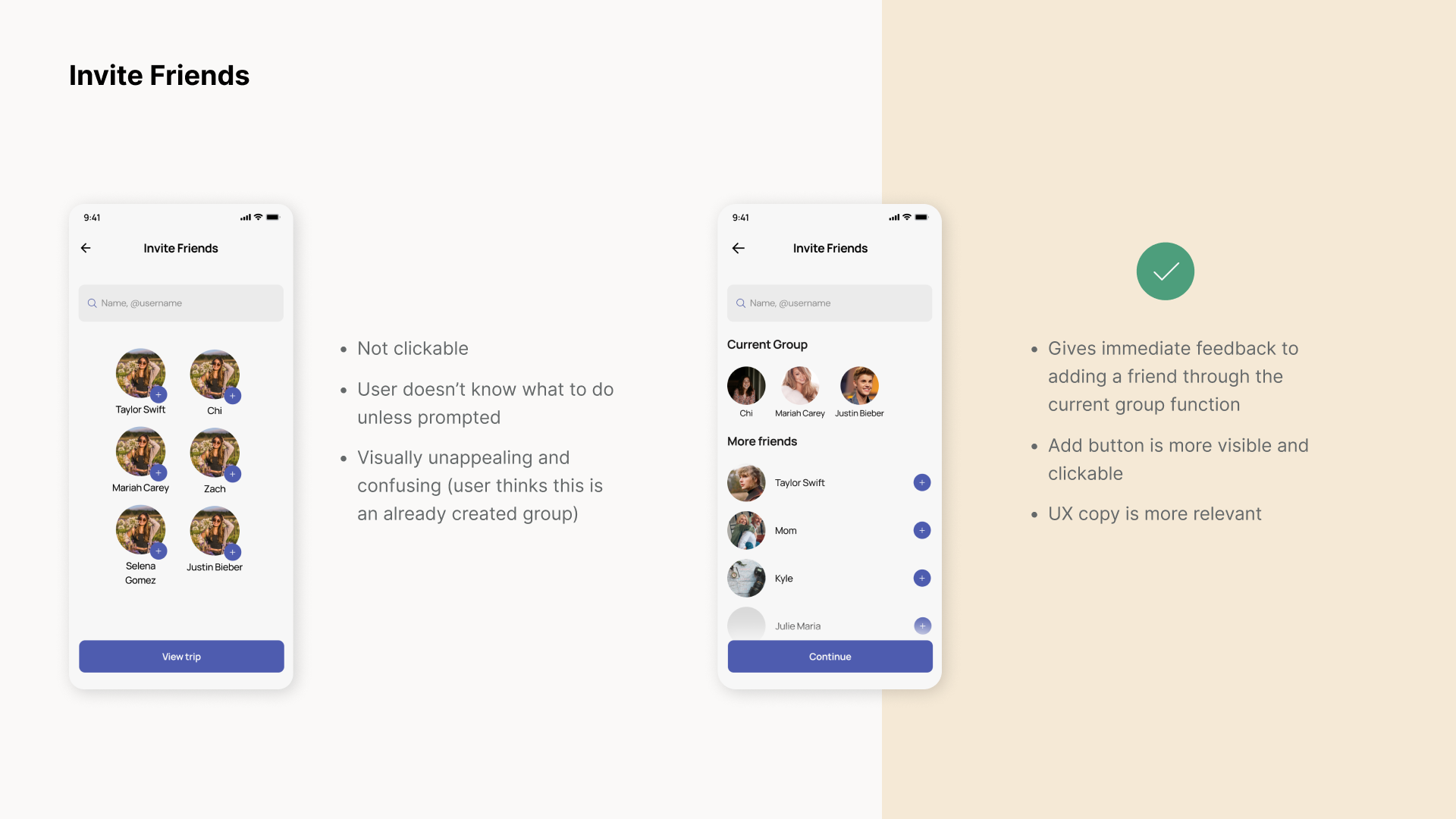
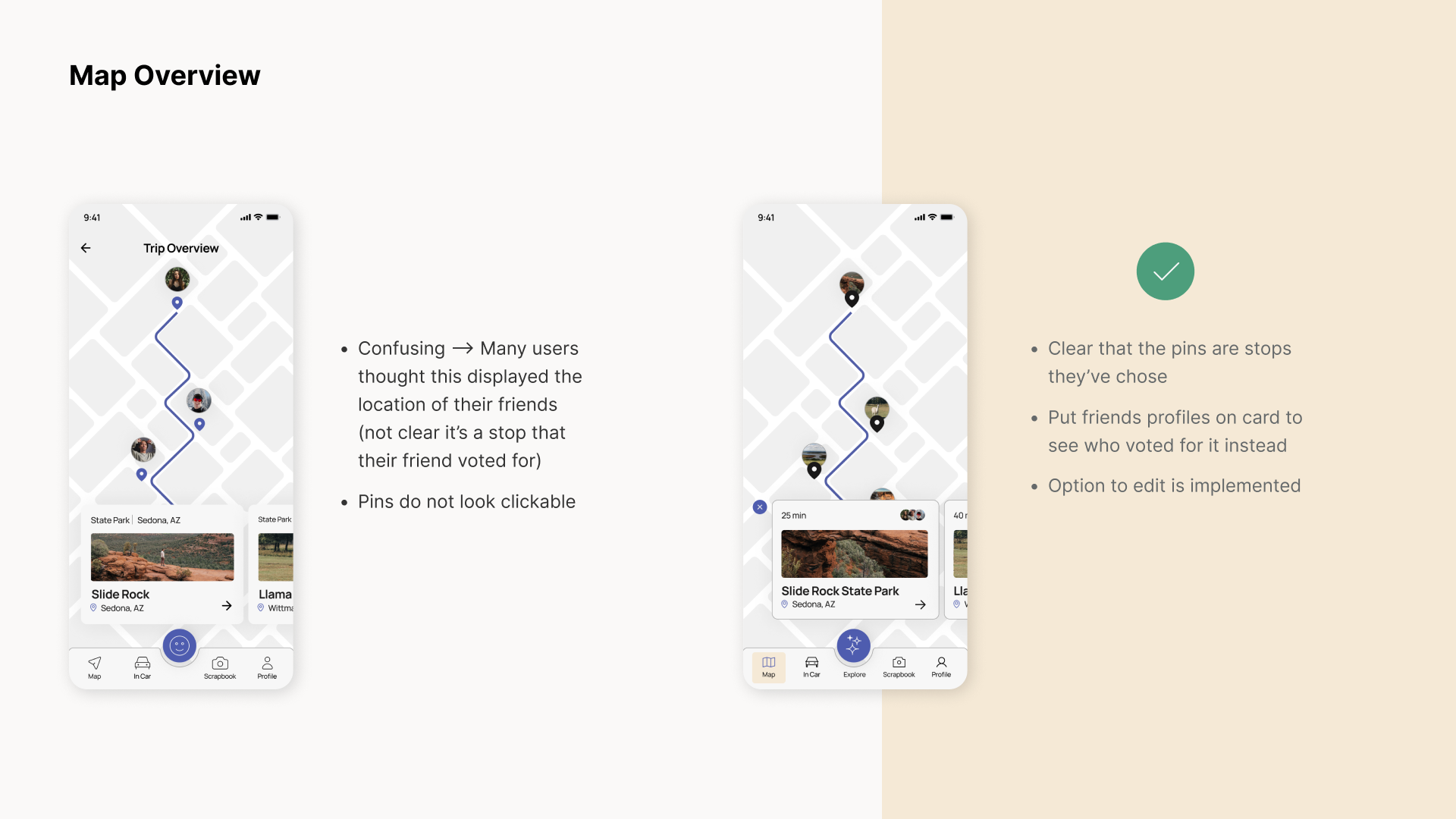
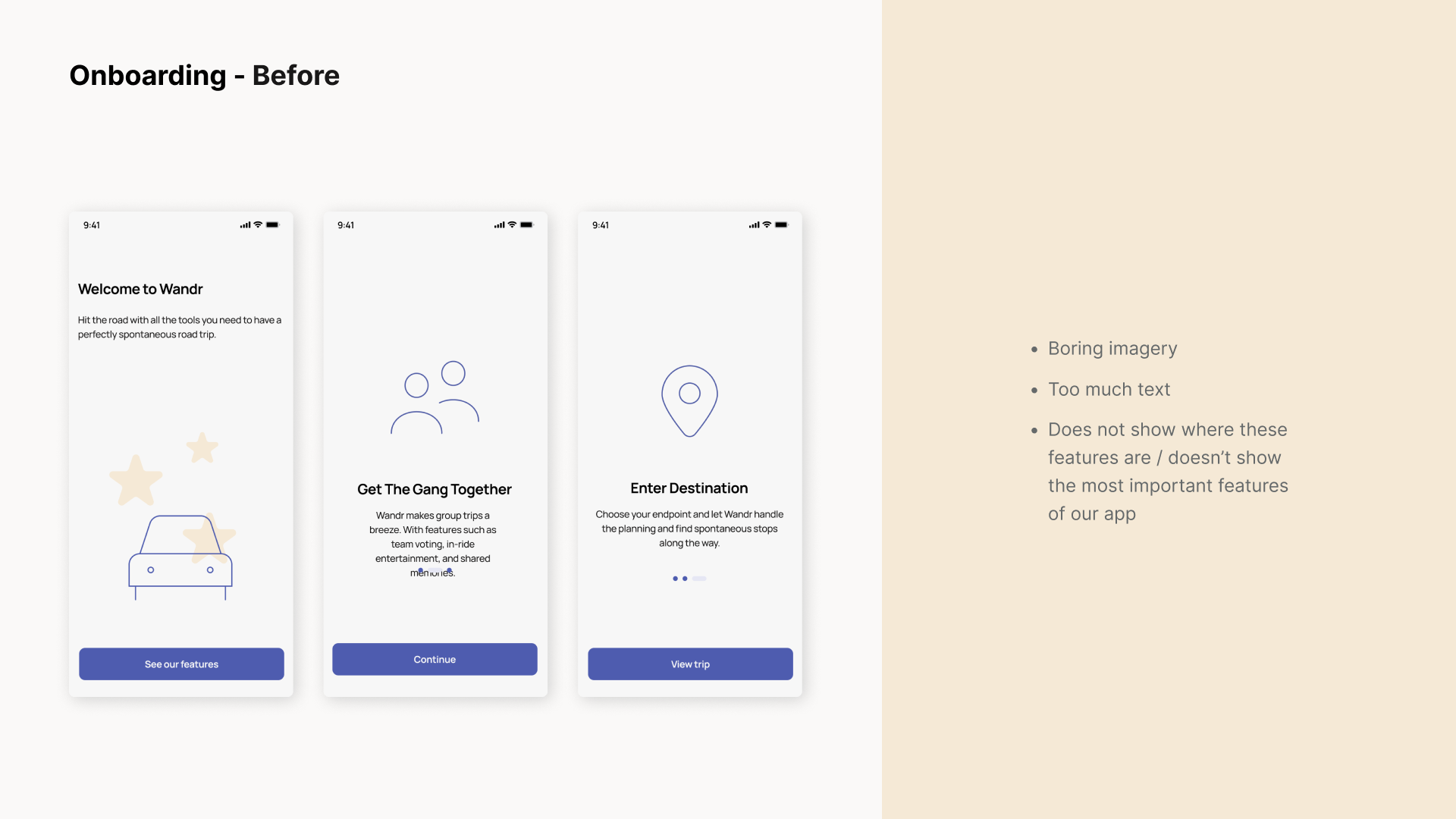
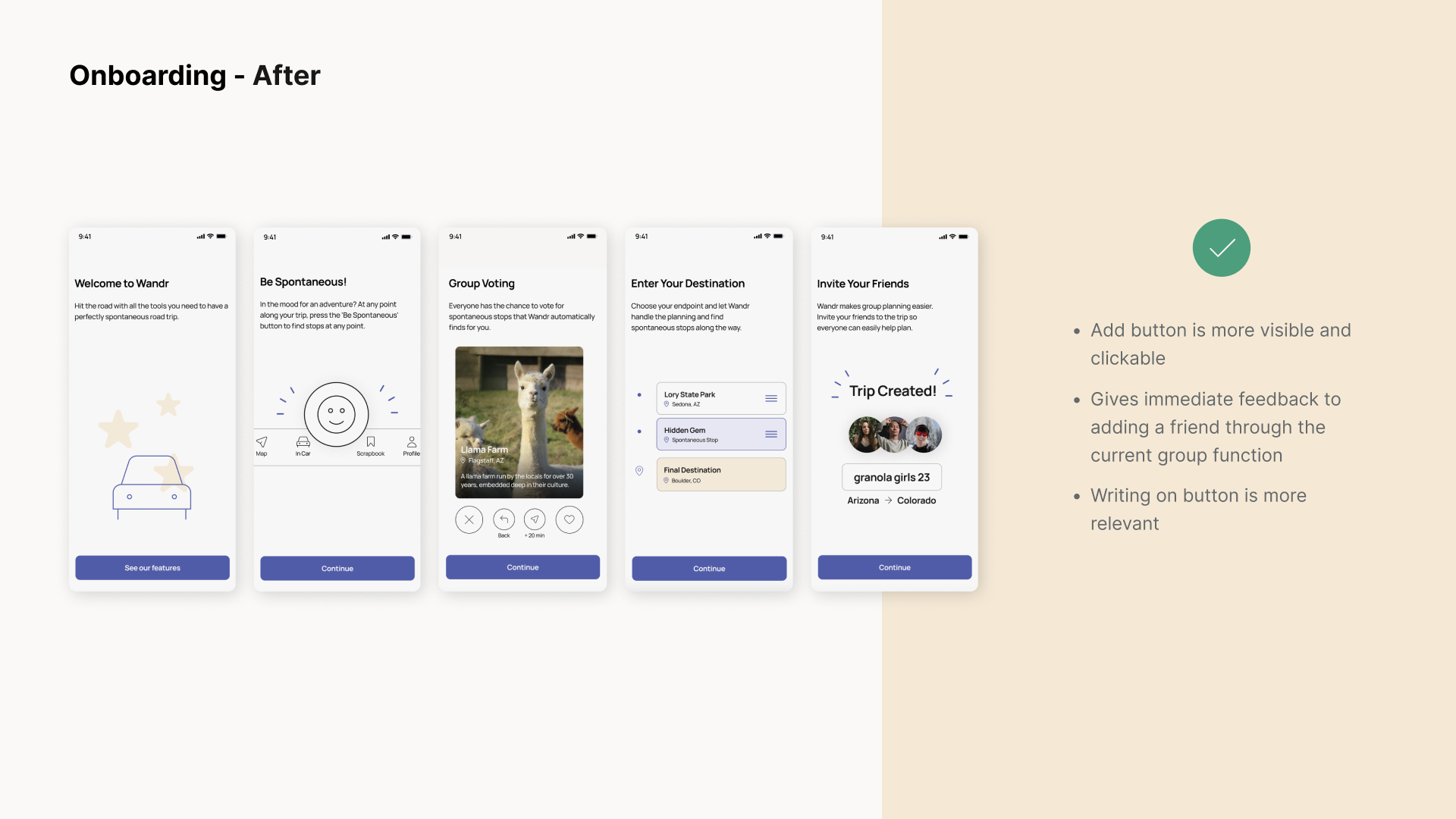
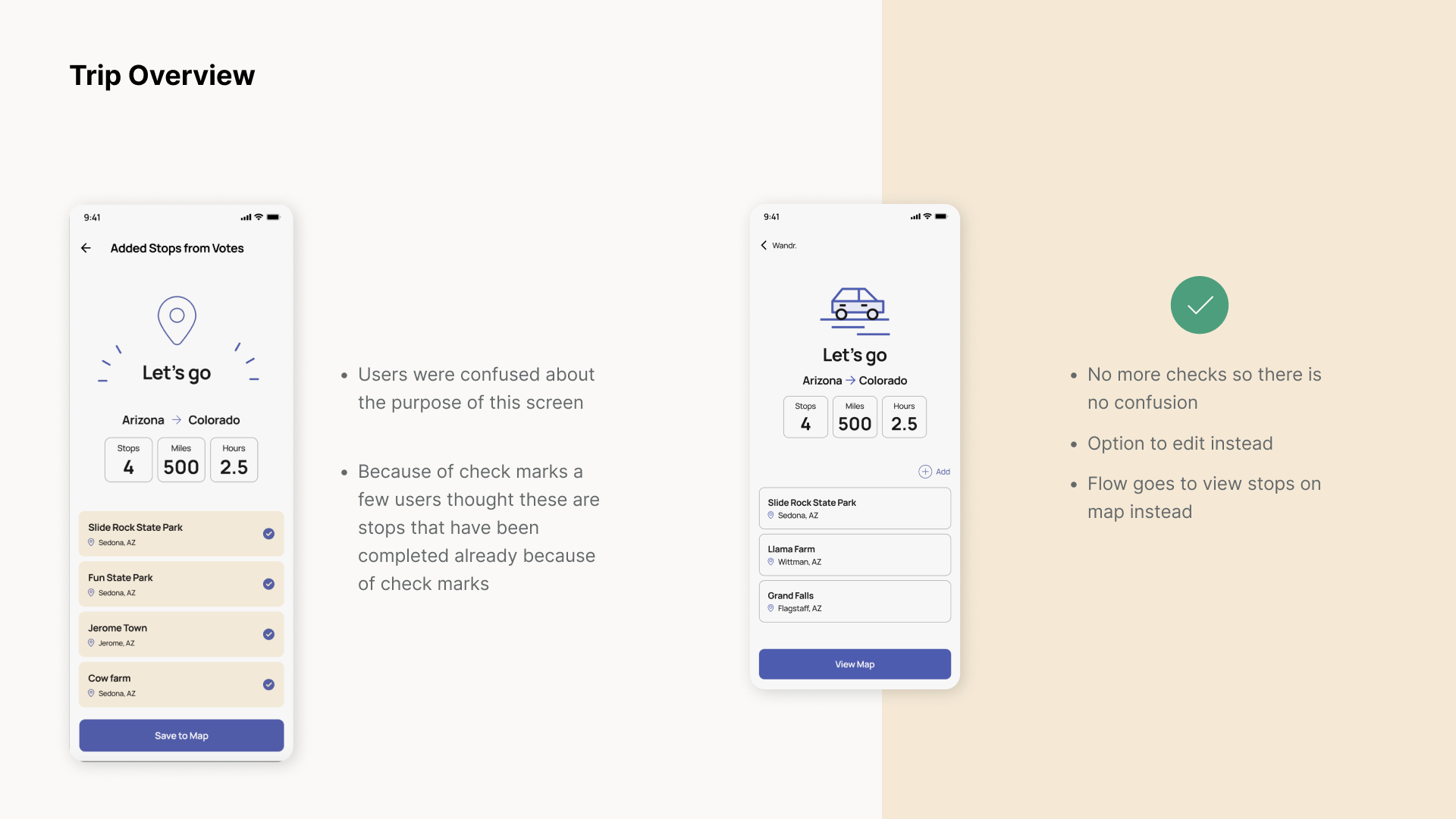
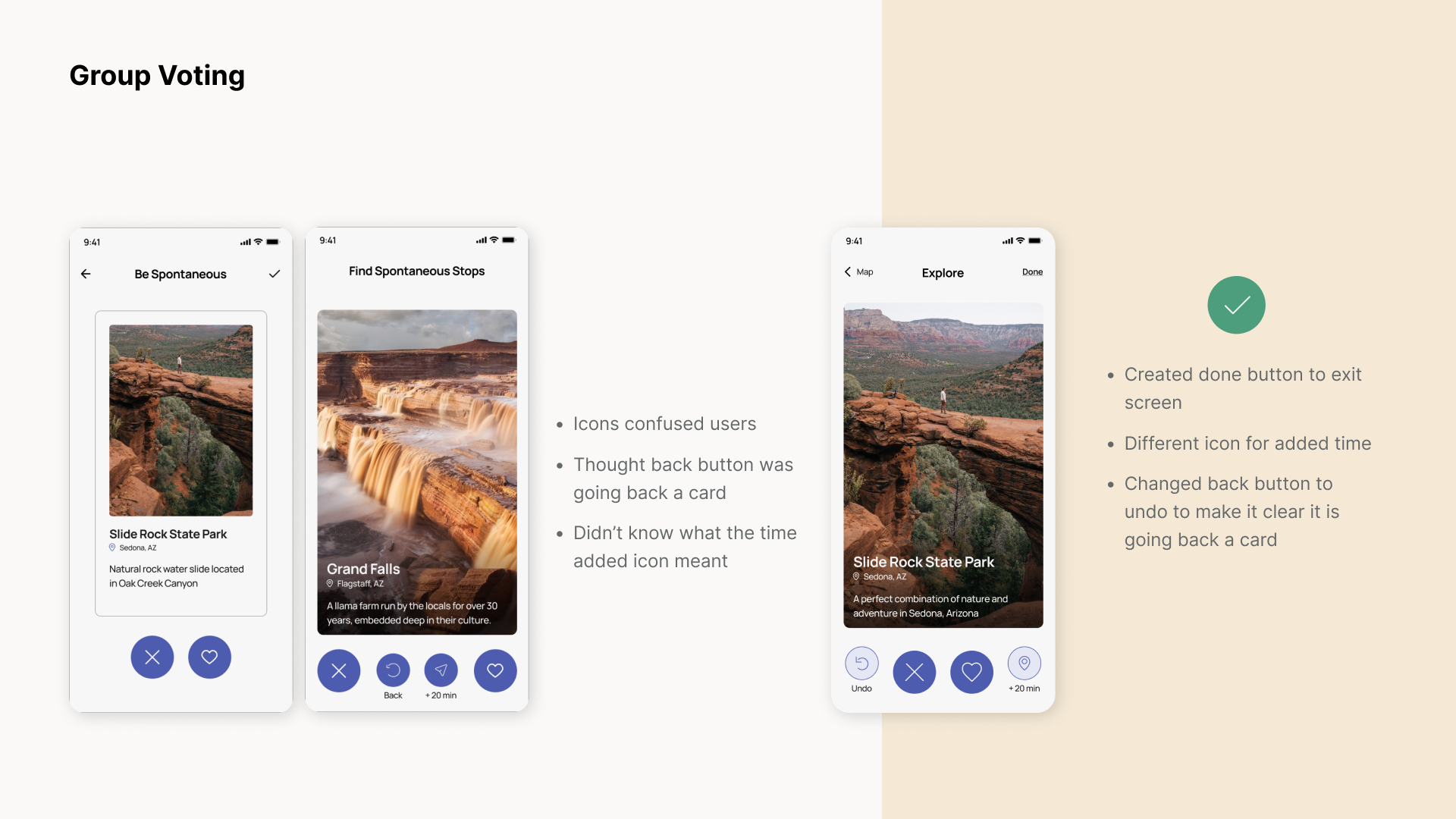
Our Solution
The road trip, reimagined
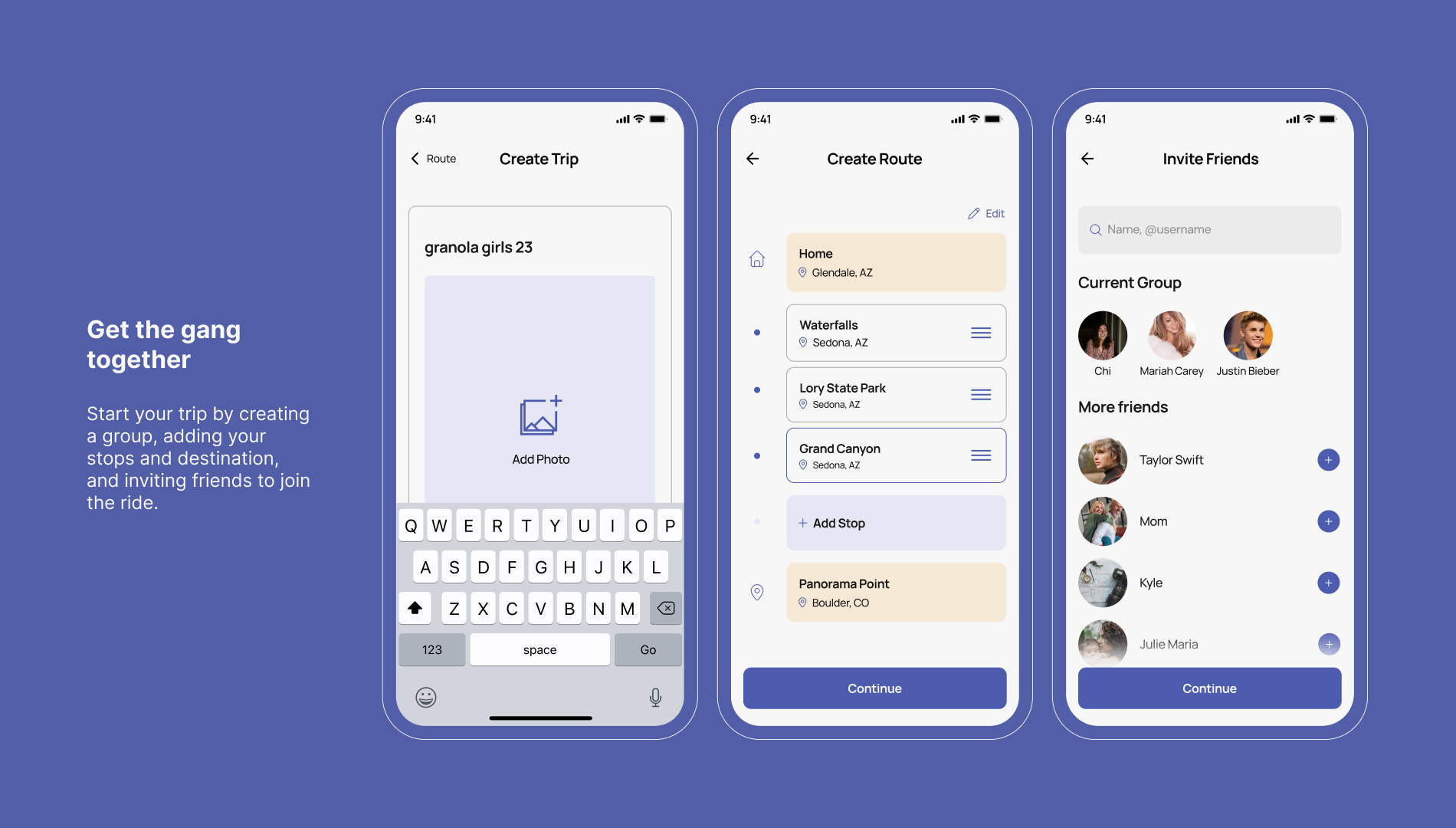
“Let’s go” UI animation
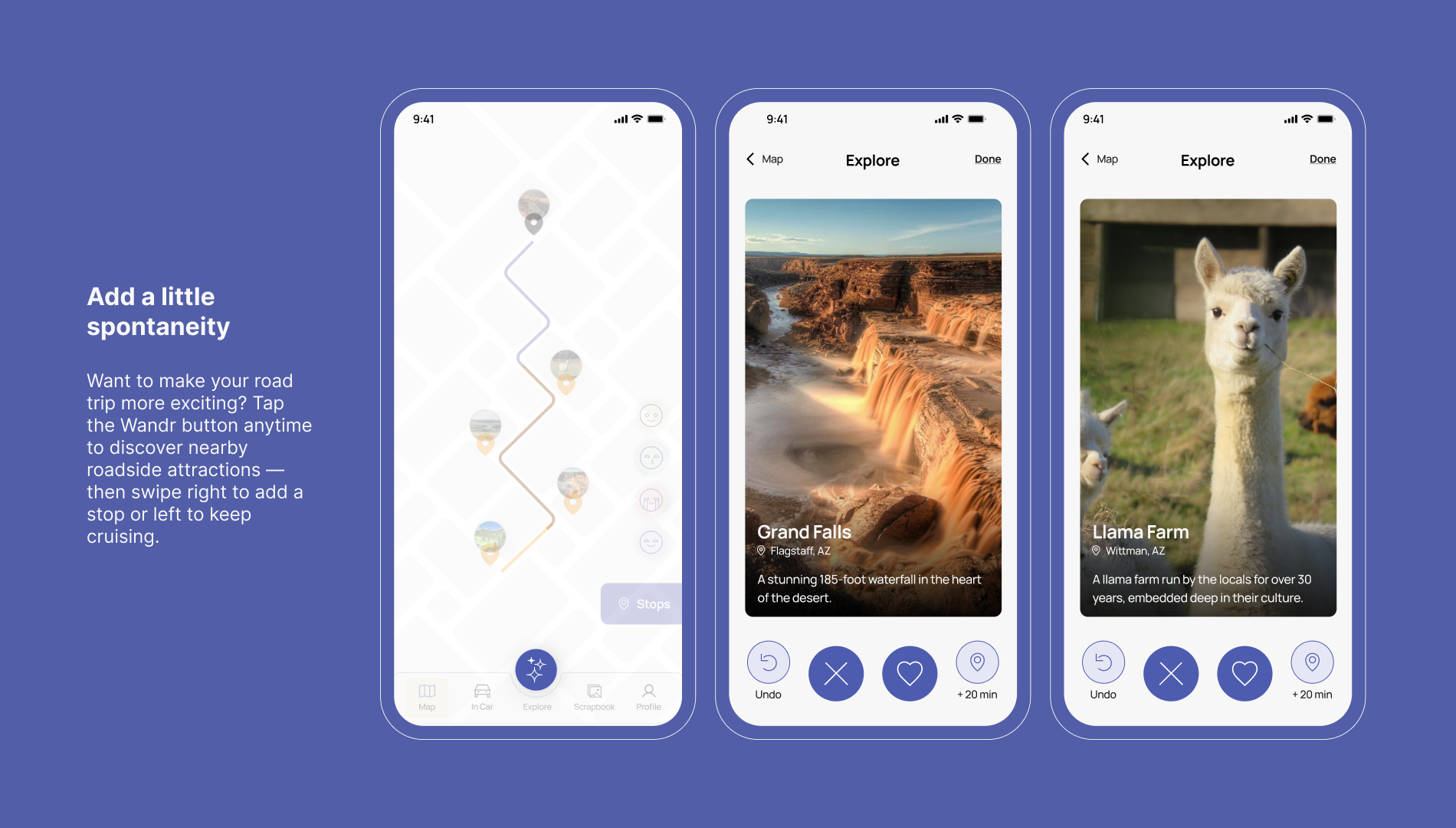
Spontaneous interaction design of finding quirky roadside attractions inspired by Tinder
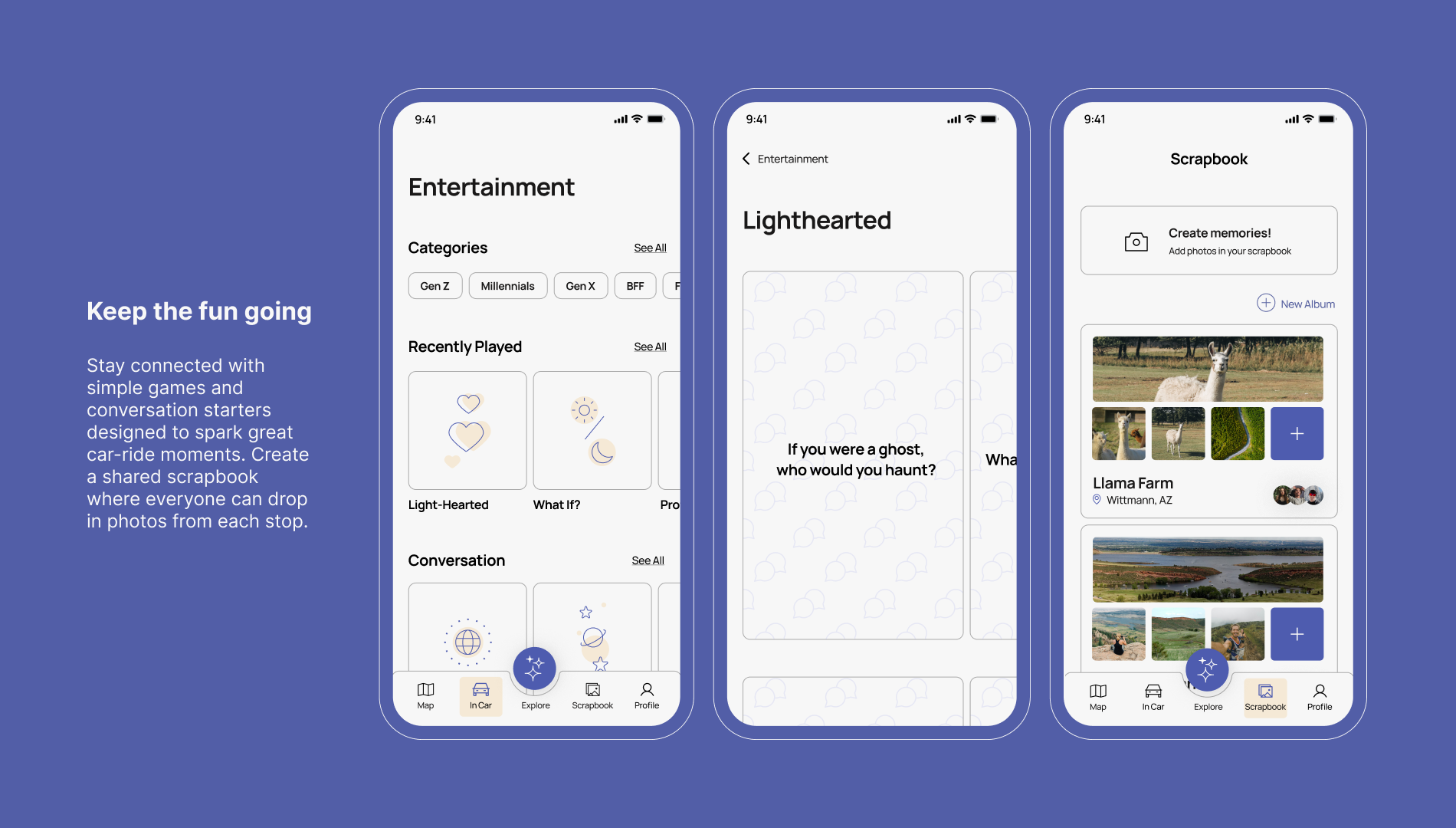
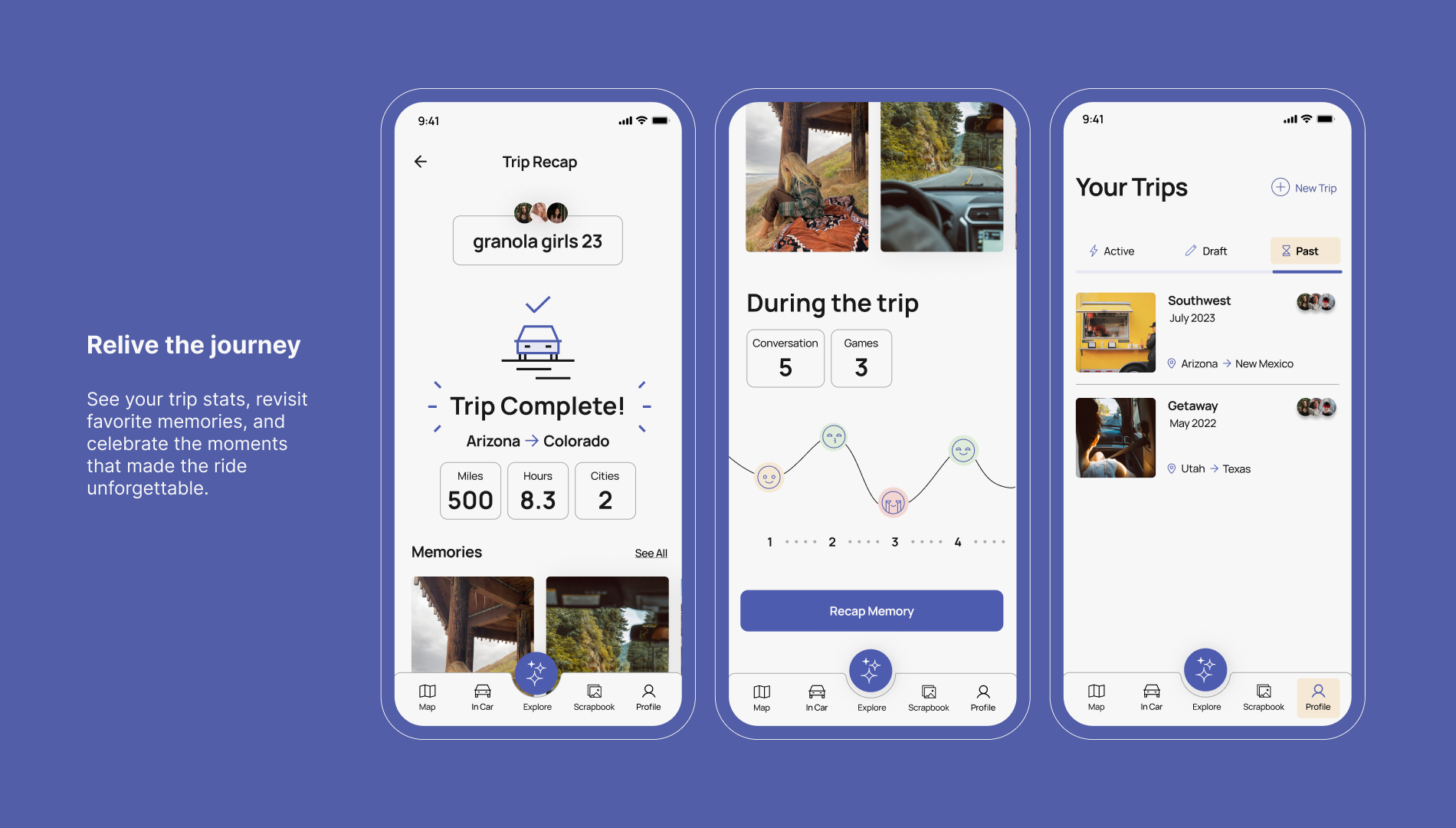
Design System
The visual system of Wandr. balances trustworthiness and functionality with a spirited, playful personality.
To achieve this, we combined a robust, minimalist component library with expressive illustrations inspired by local attractions. The purple accent color evokes a sense of mystery and stands out in contrast to the natural browns, greens, and yellows found along the road. The typeface Manrope and its neo-grotesque structure ties it all together — a modern nod to the utilitarian signage typography that defines America’s highways.
A visual language for the open road
The visual system of Wandr. balances trustworthiness and functionality with a spirited, playful personality.
To achieve this, we combined a robust, minimalist component library with expressive illustrations inspired by local attractions. The purple accent color evokes a sense of mystery and stands out in contrast to the natural browns, greens, and yellows found along the road. The typeface Manrope and its neo-grotesque structure ties it all together — a modern nod to the utilitarian signage typography that defines America’s highways.
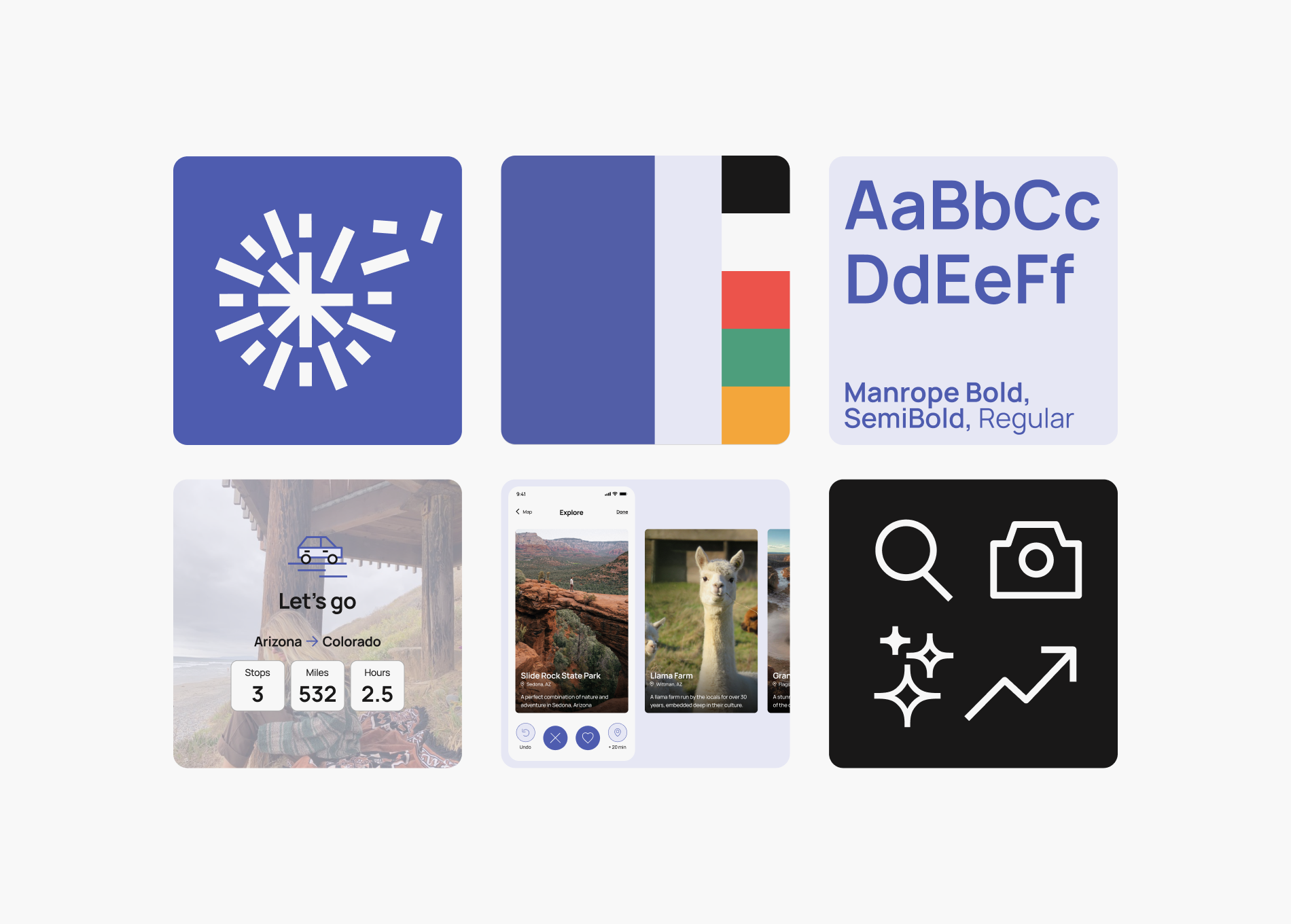
Design language overview
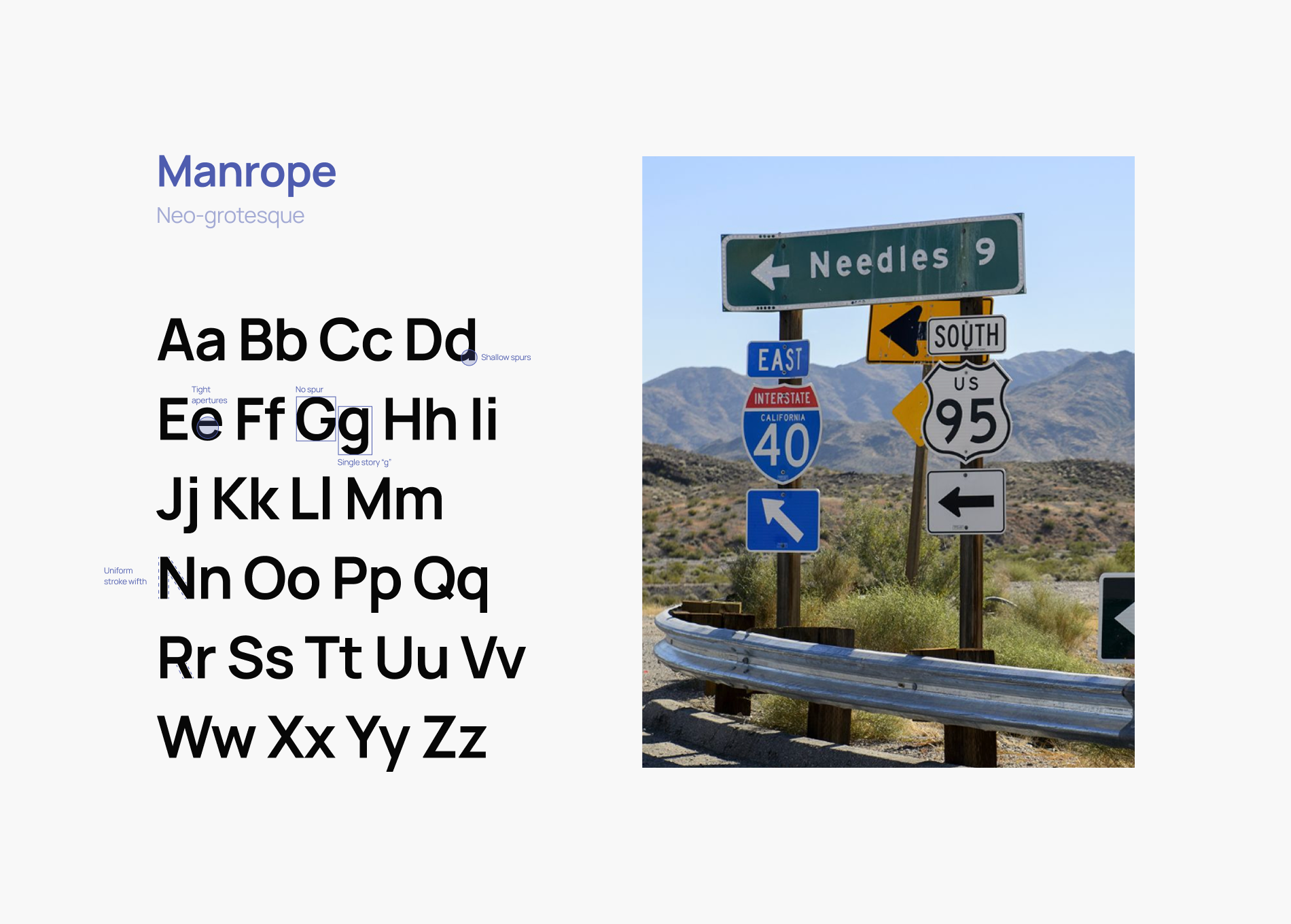
Manrope is a neo-grotesque typeface with qualities similar to U.S. highway signage
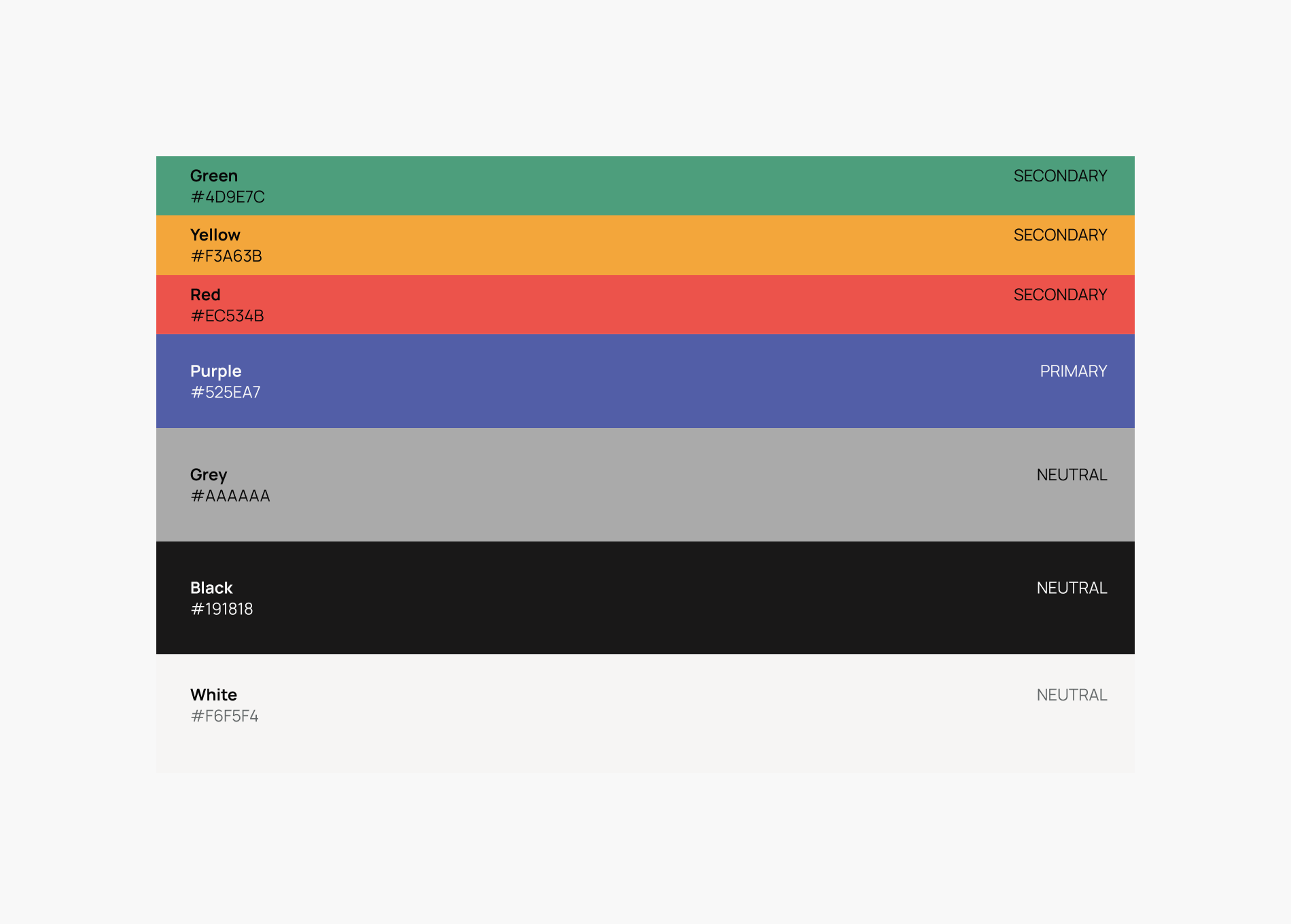
Color palette
Custom designed suite of icons



The Business Model
We put Wandr. to the test to evaluate its business potential. After trying the prototype, five out of six users said they would use Wandr. on their next road trip.
When asked about pricing, three participants said it should be free, two preferred a free version with optional premium features around $5, and one suggested a one-time purchase of $9.99. To further assess viability, we created a business model canvas outlining our value proposition, key activities, revenue streams, and cost structure.
The Result?
5/6 Approved.
We put Wandr. to the test to evaluate its business potential. After trying the prototype, five out of six users said they would use Wandr. on their next road trip.
When asked about pricing, three participants said it should be free, two preferred a free version with optional premium features around $5, and one suggested a one-time purchase of $9.99. To further assess viability, we created a business model canvas outlining our value proposition, key activities, revenue streams, and cost structure.
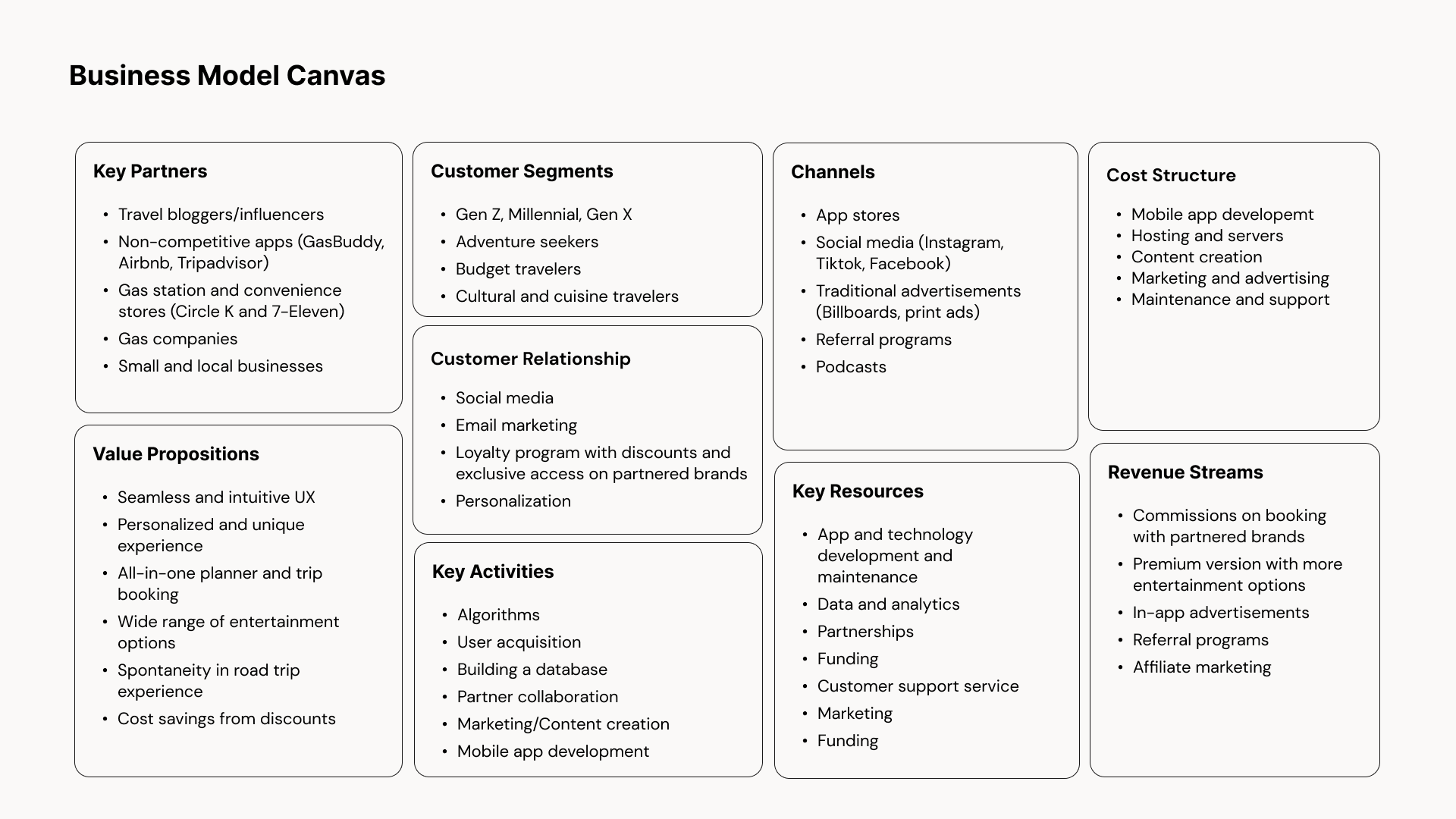
Business model canvas